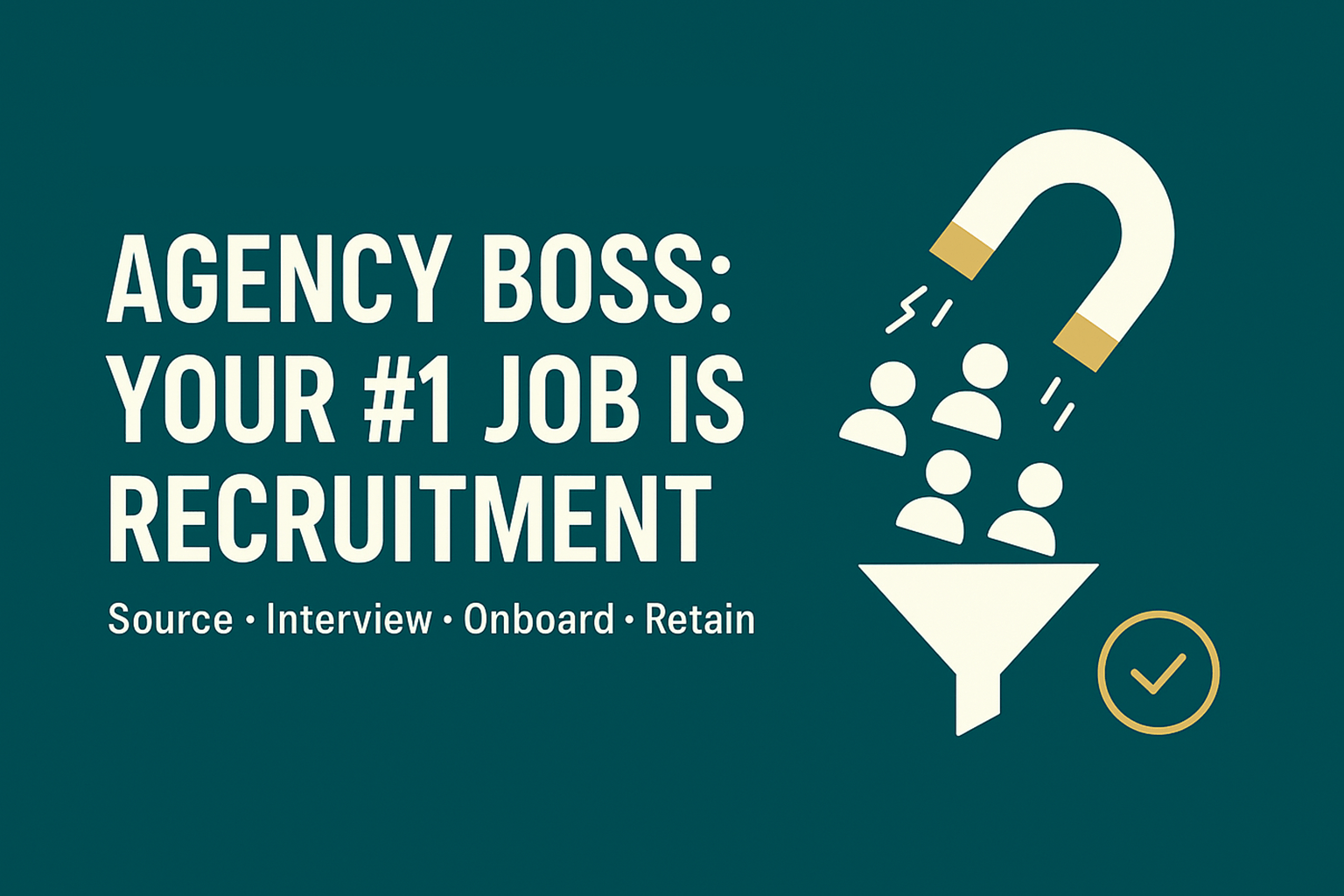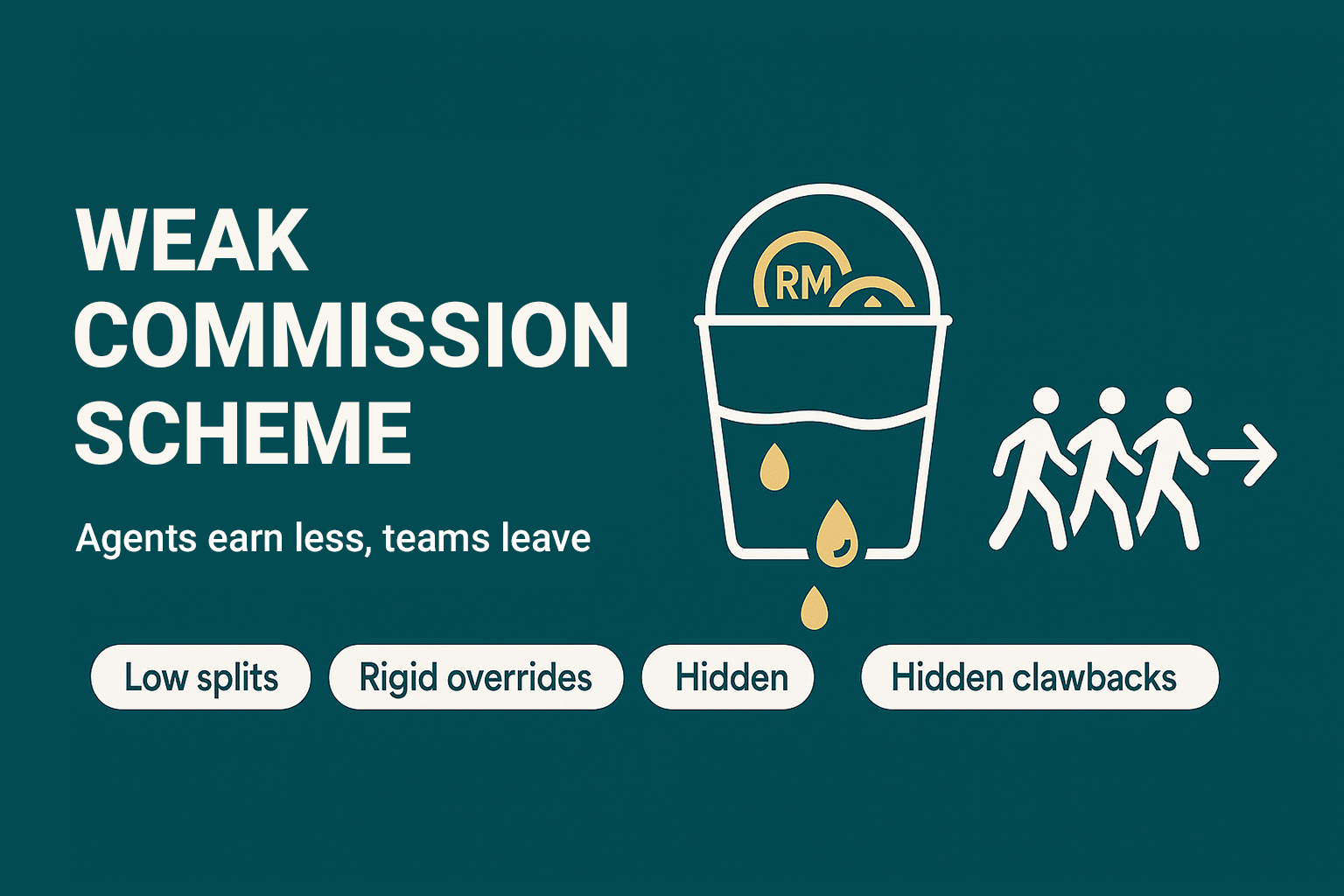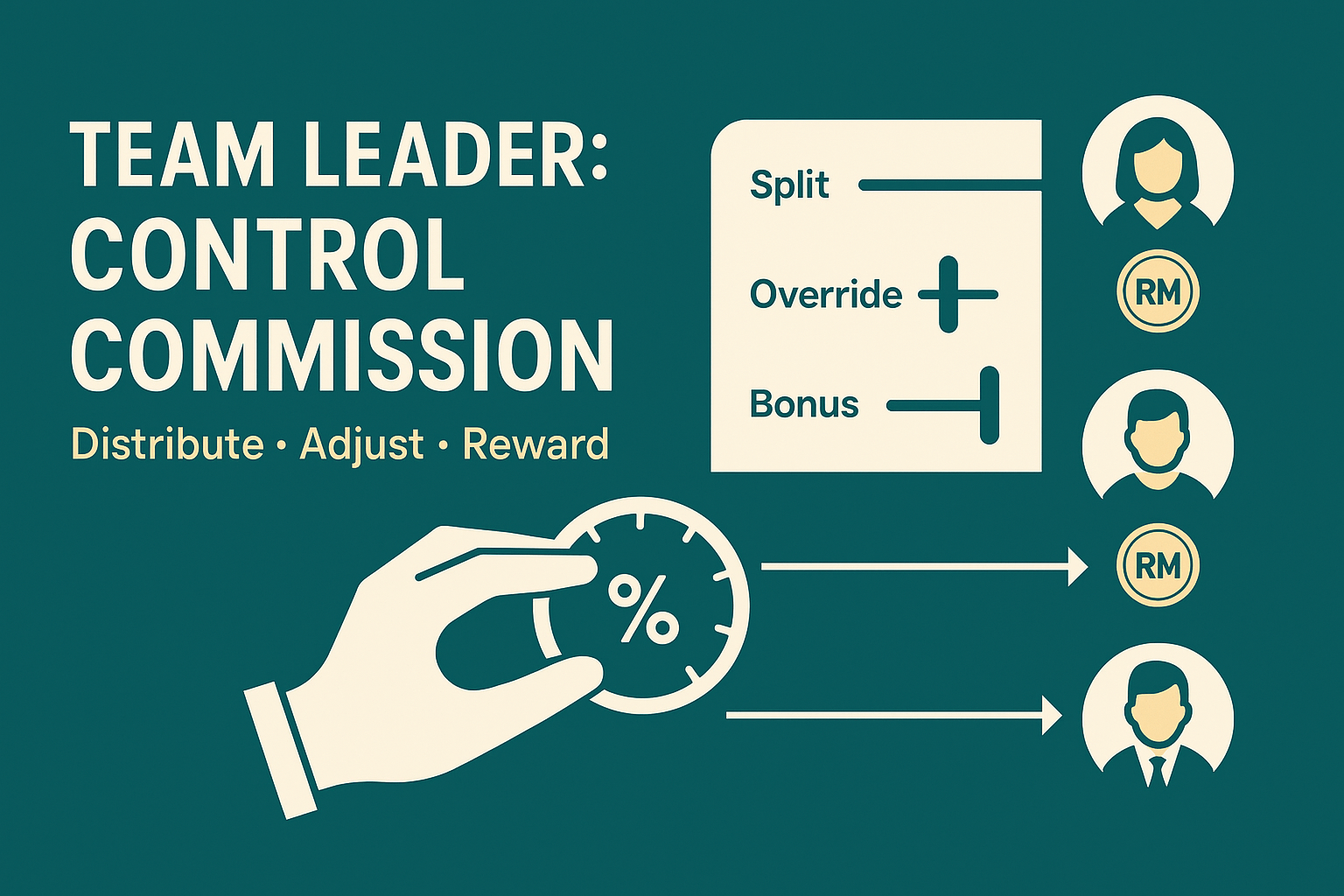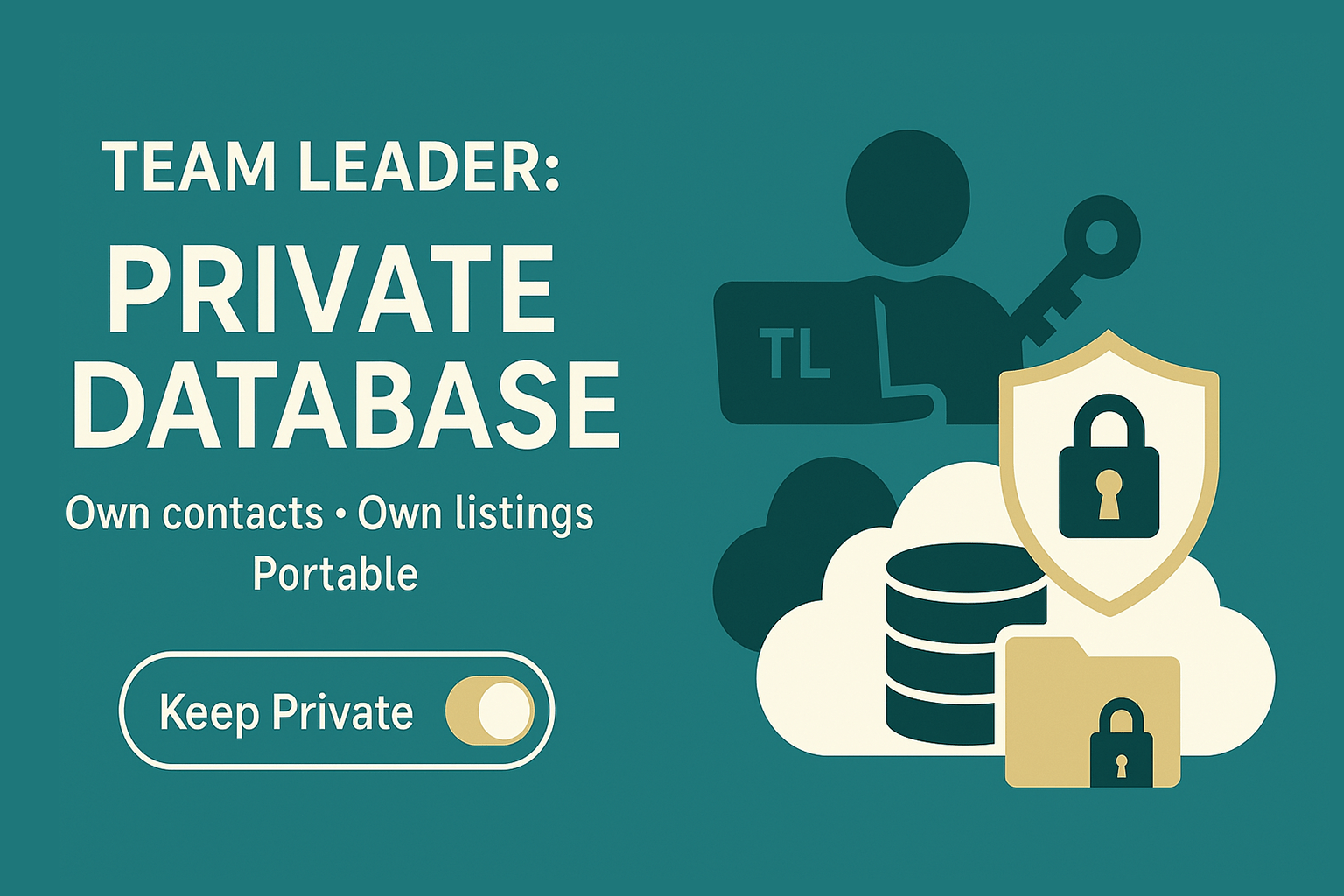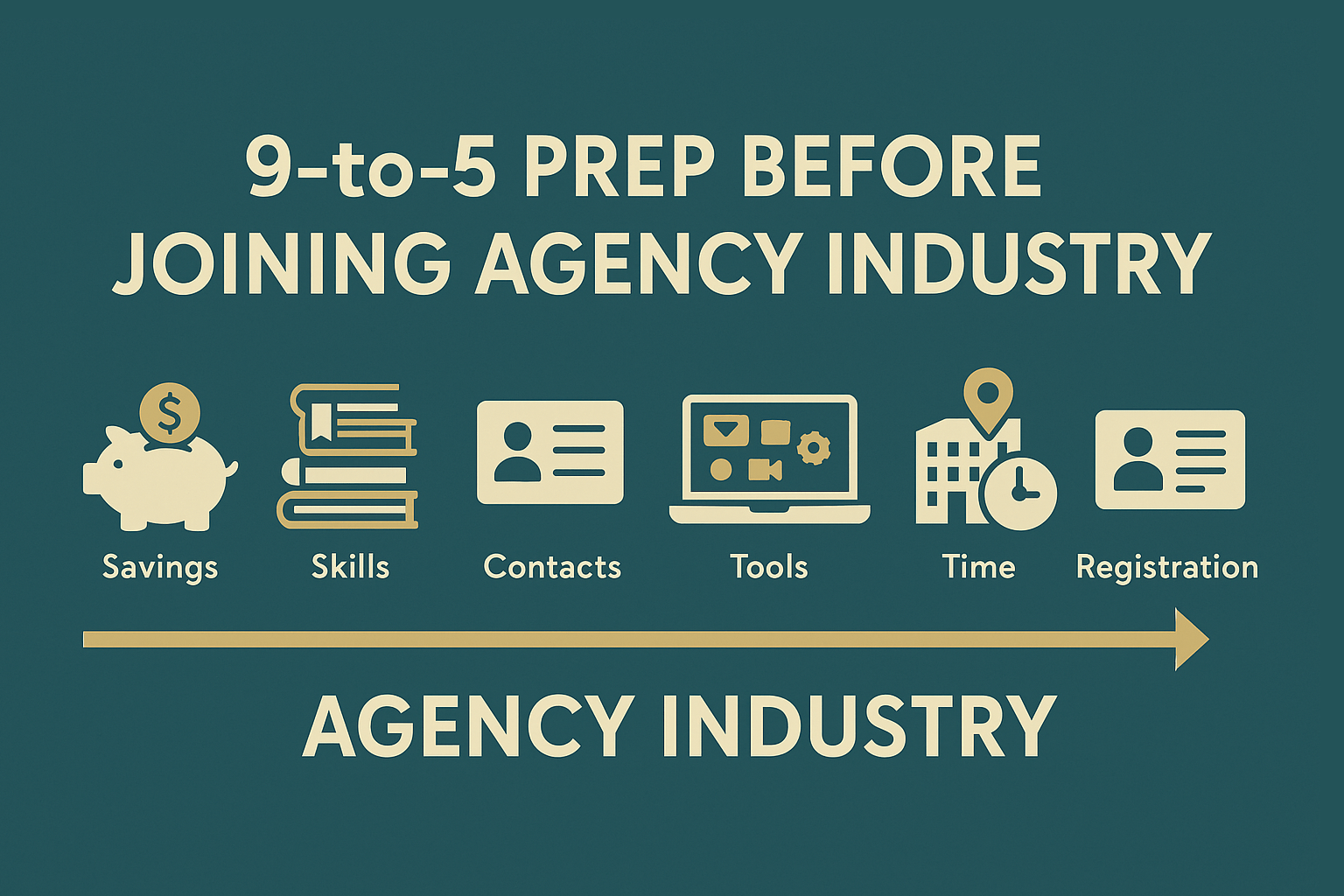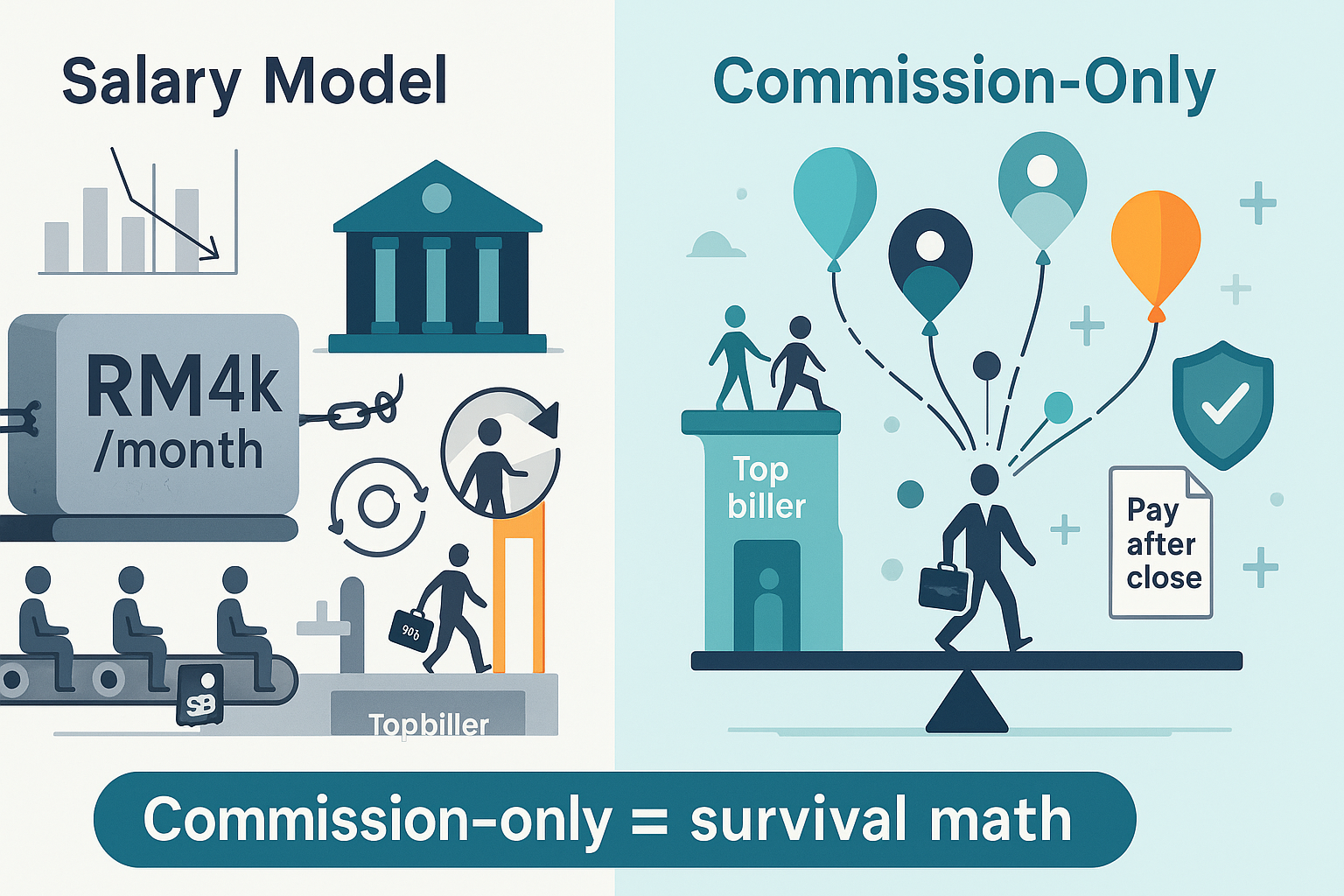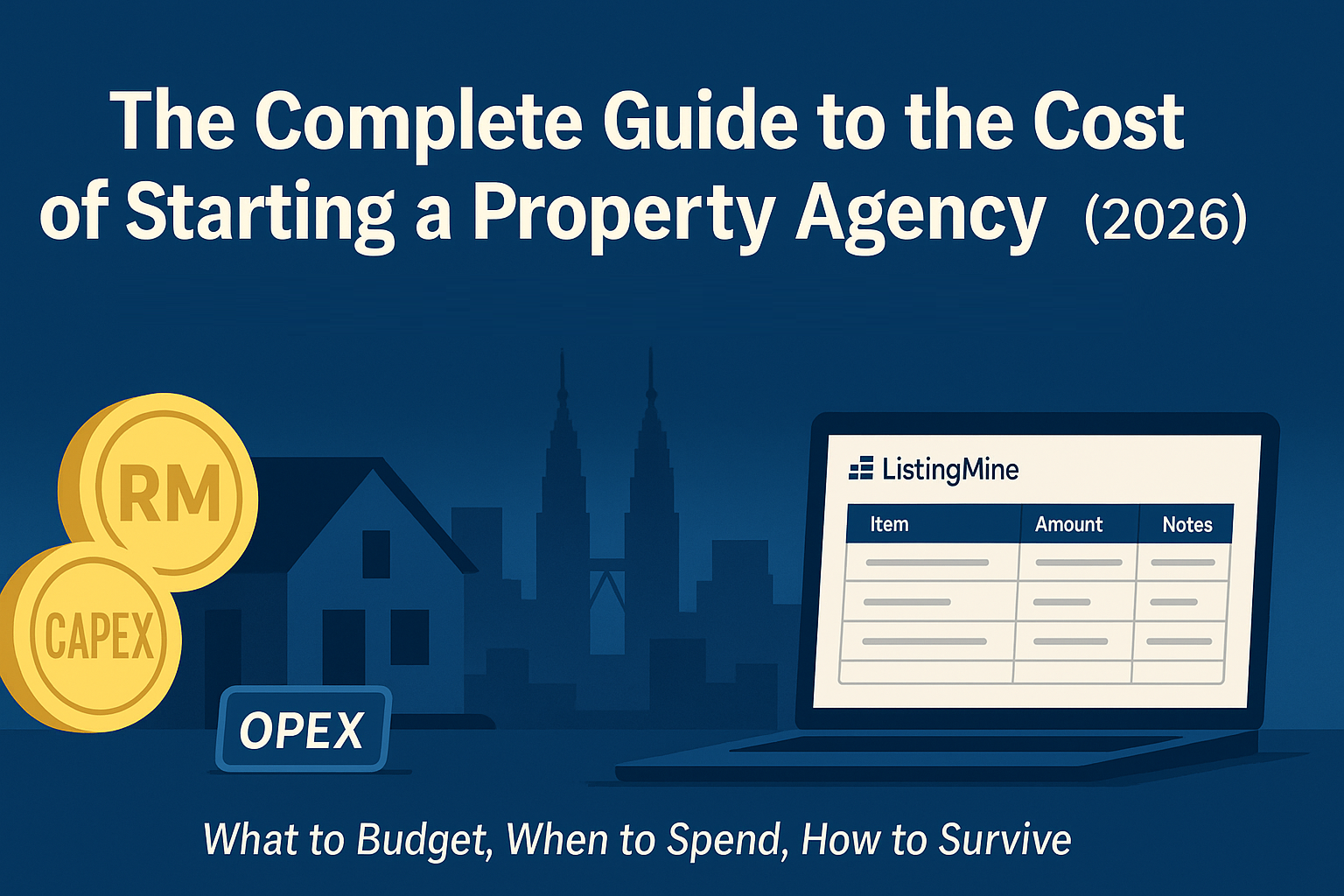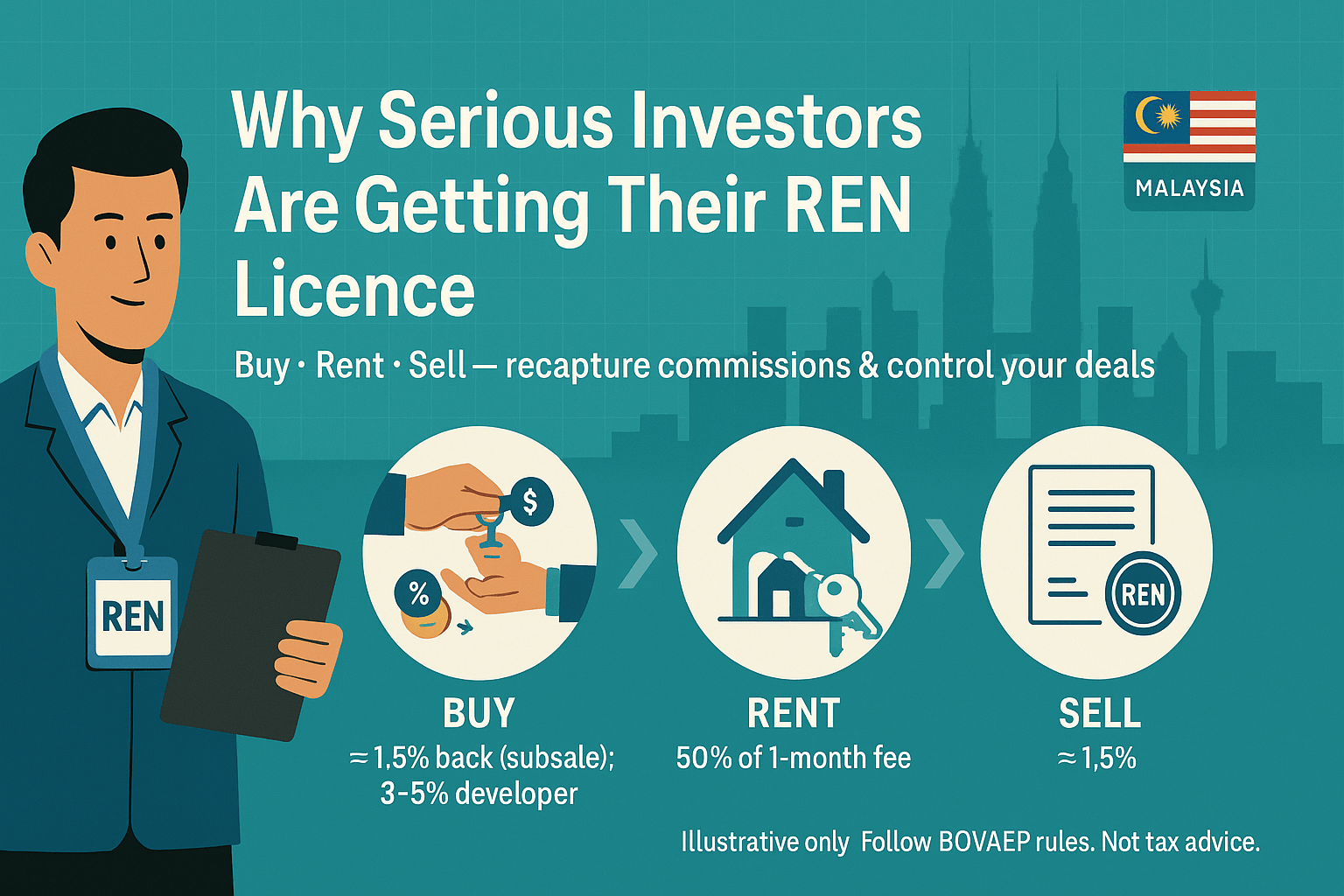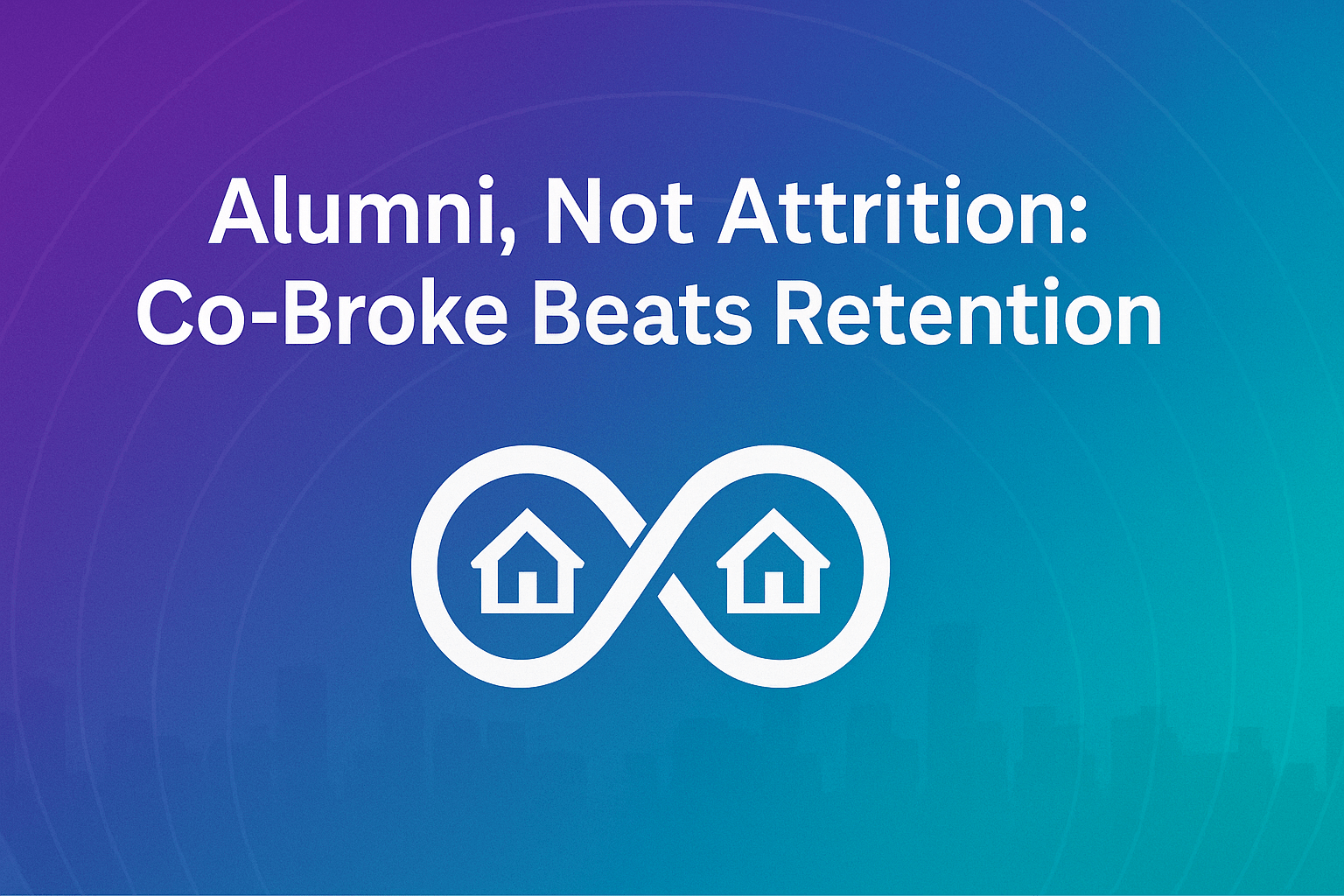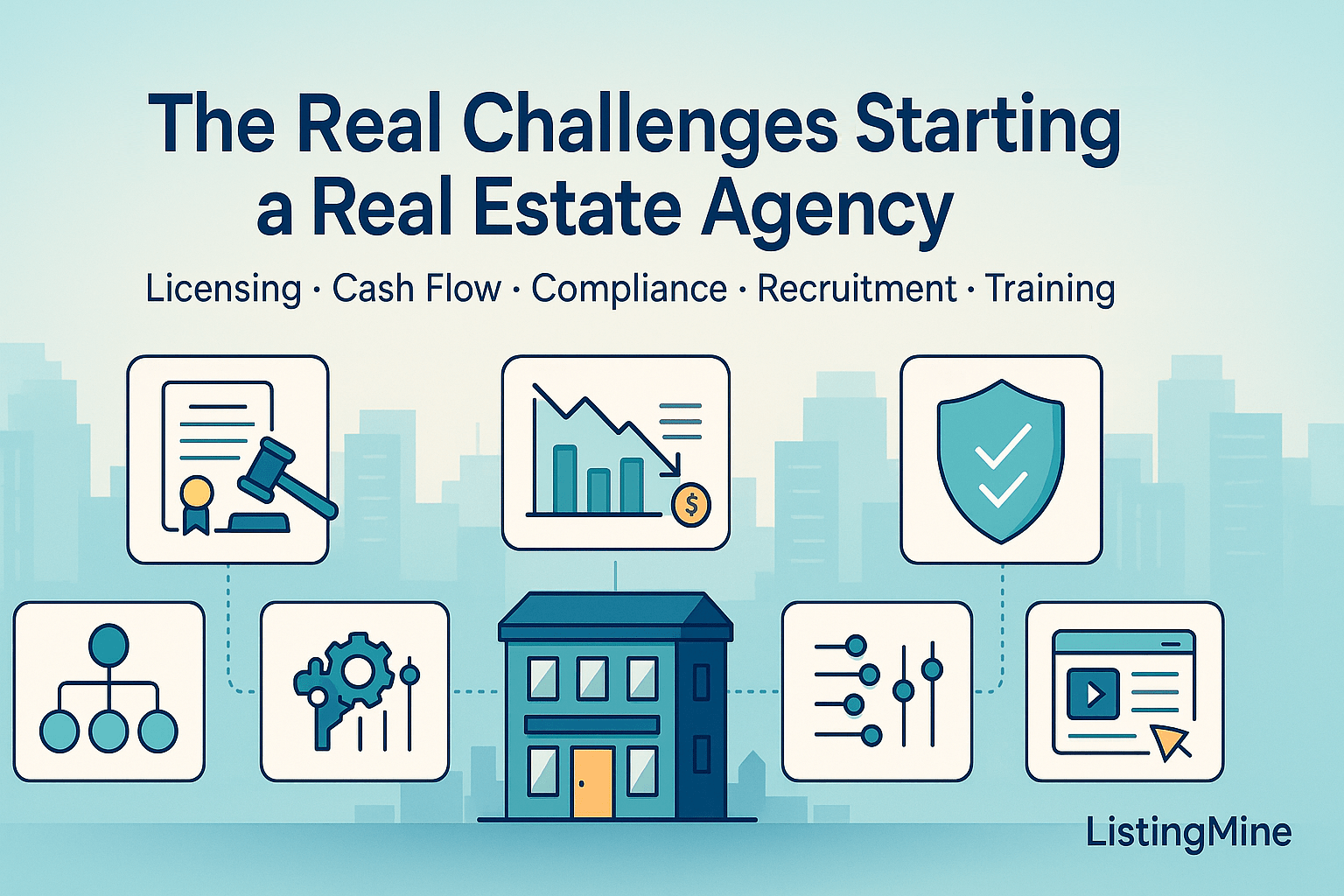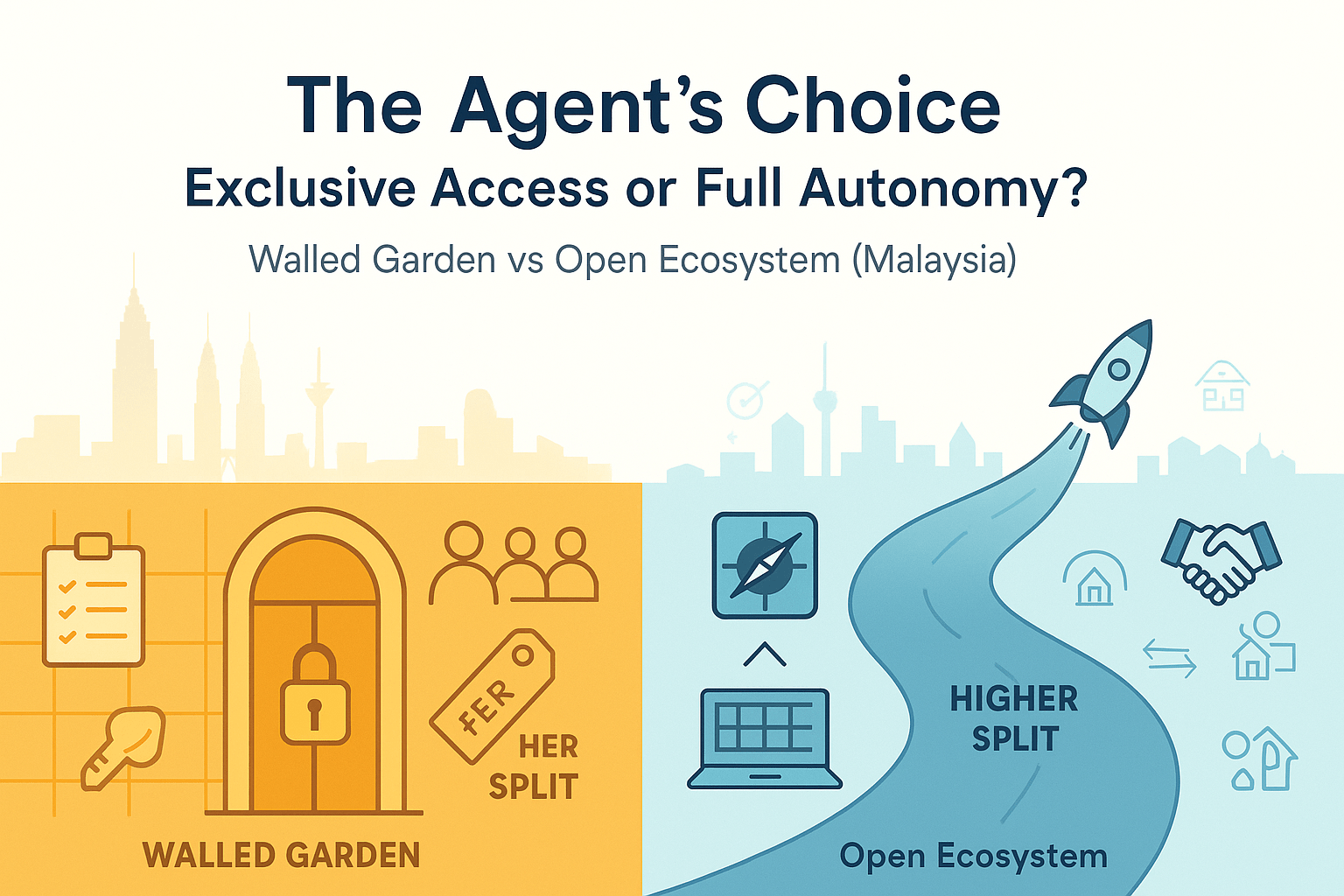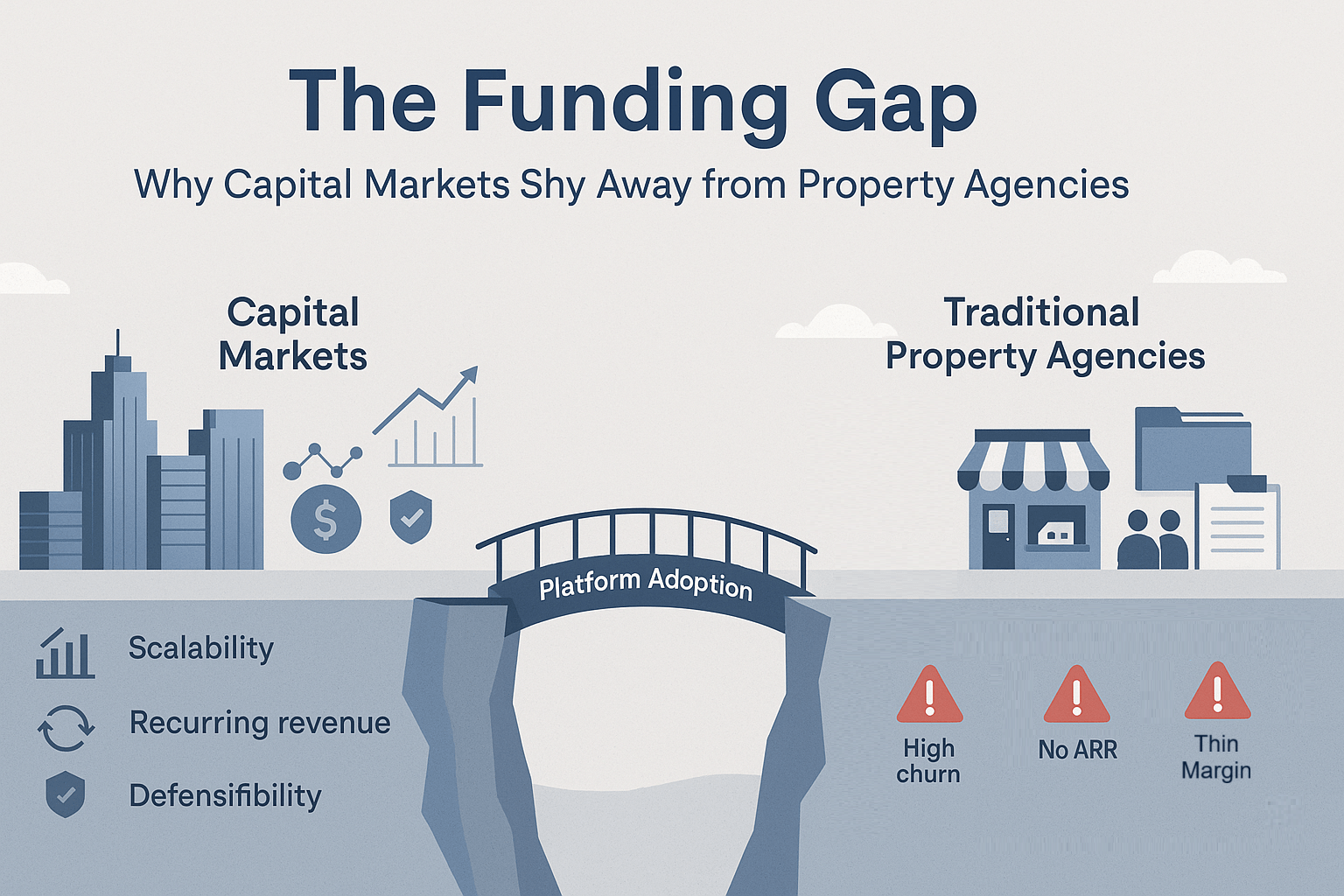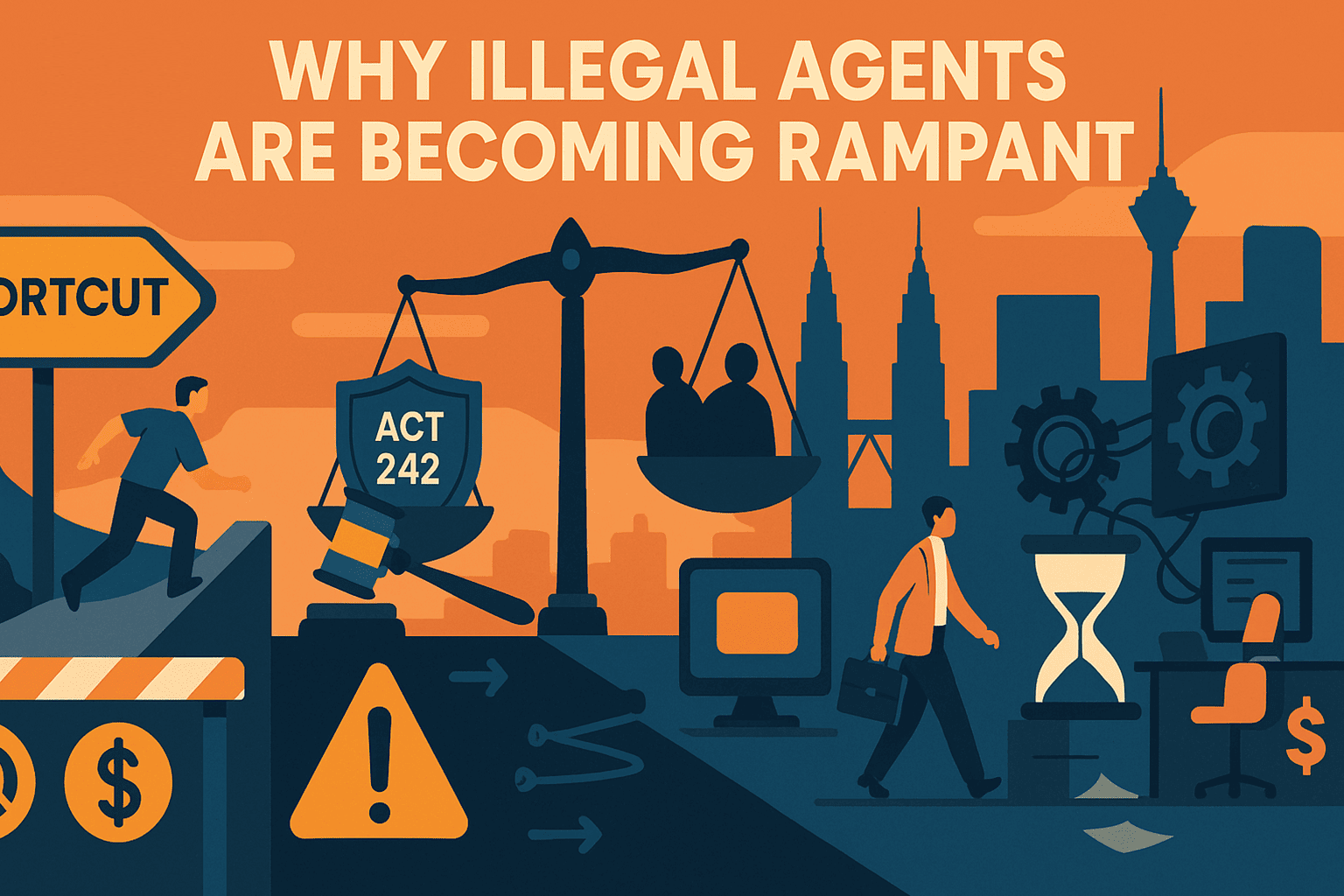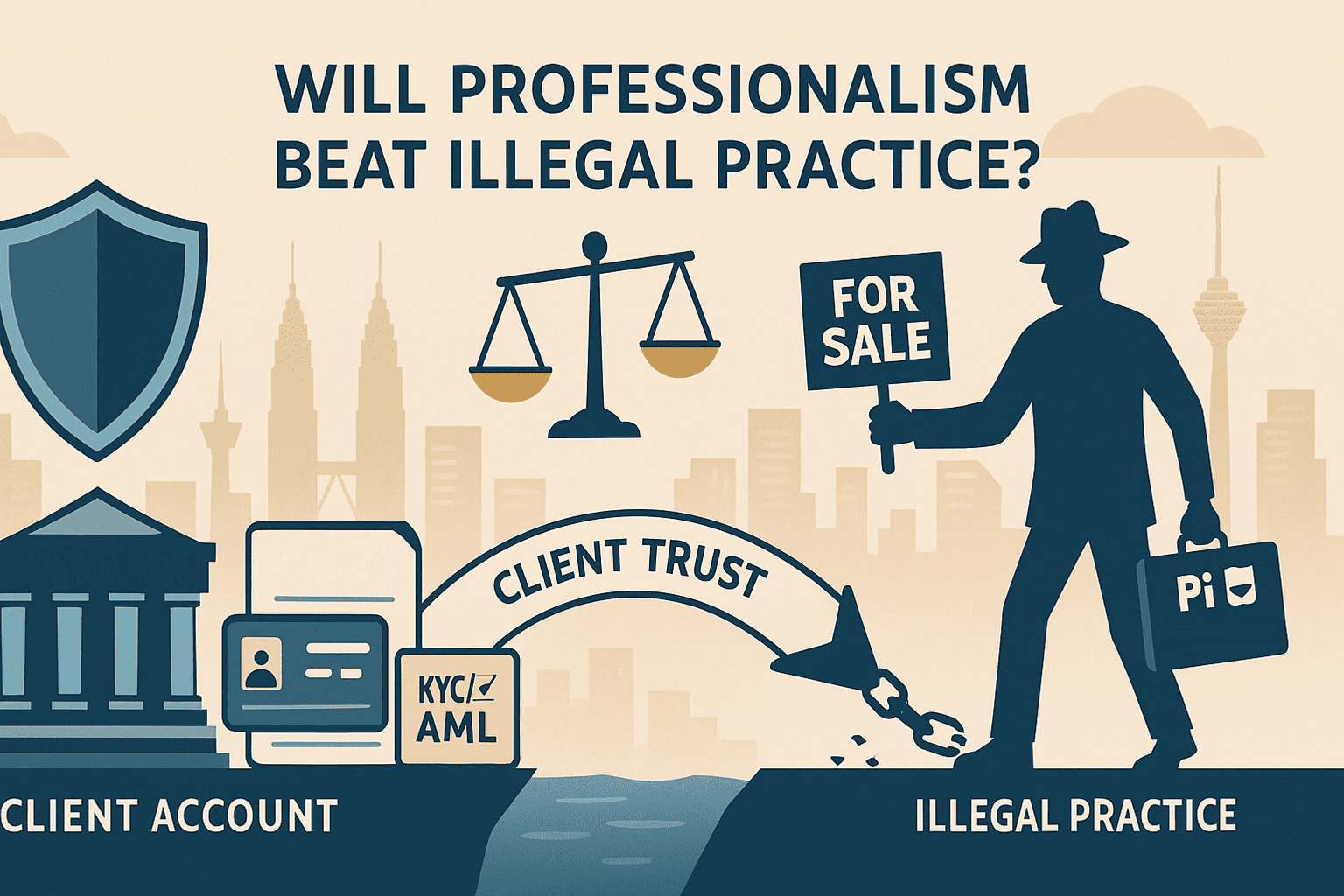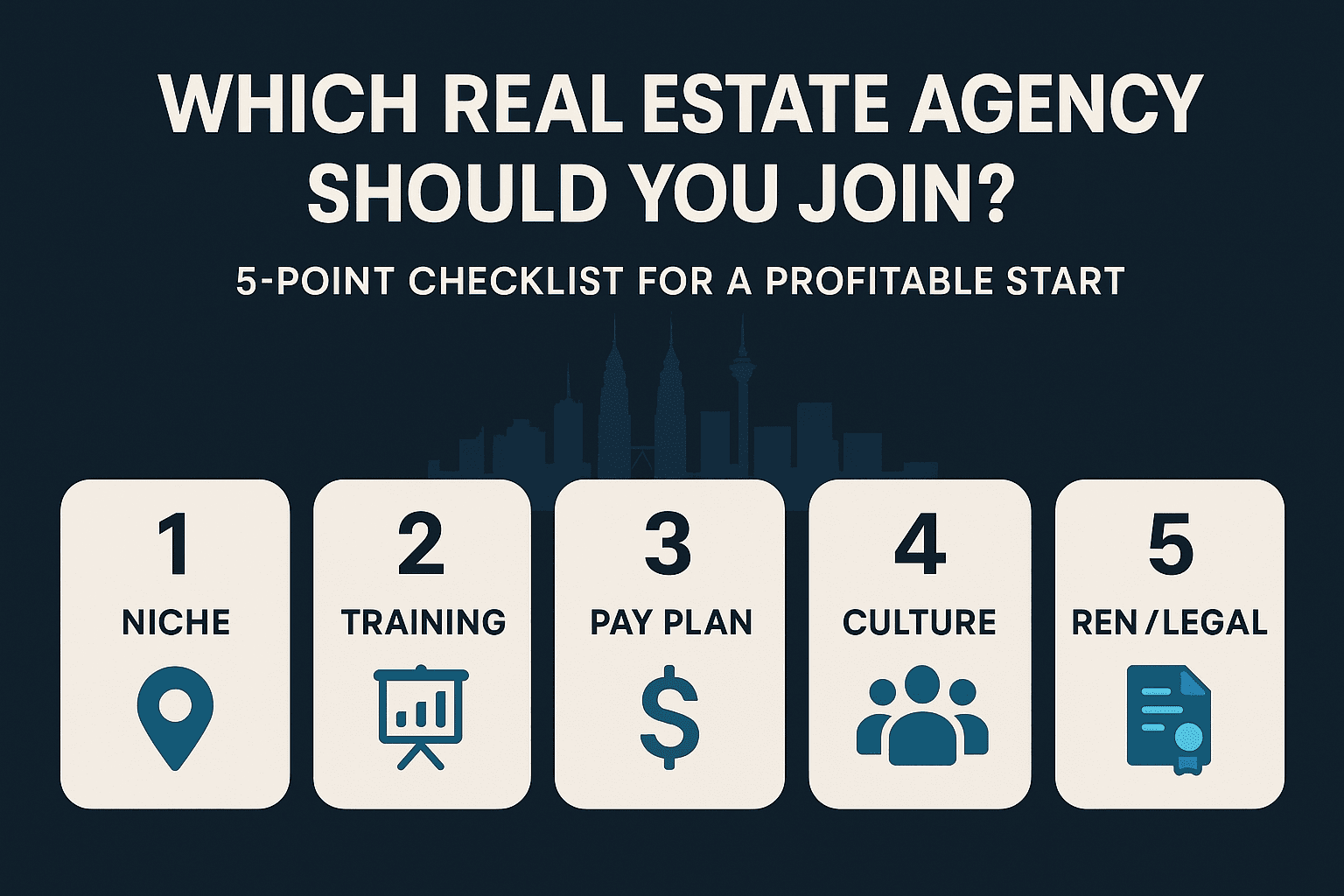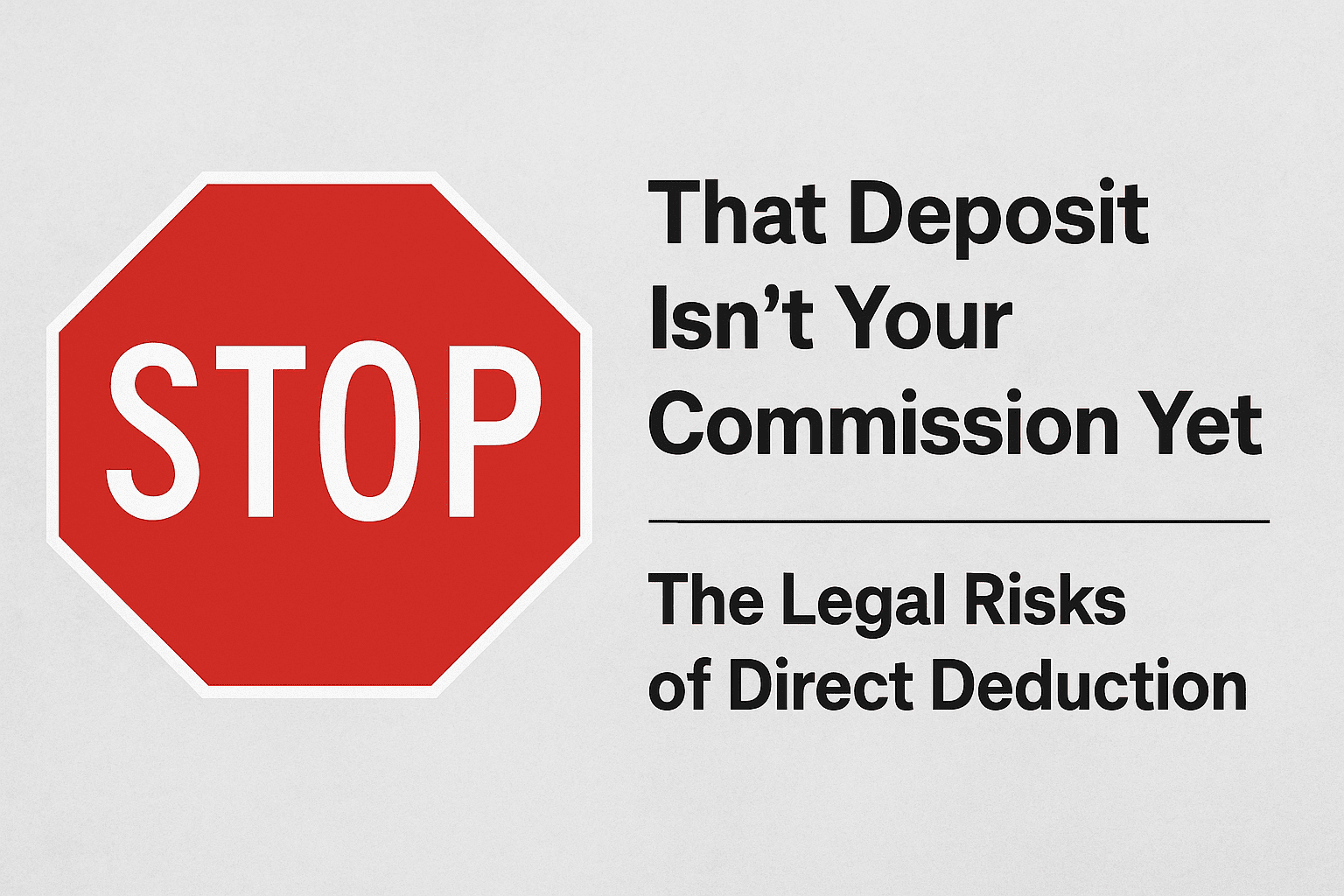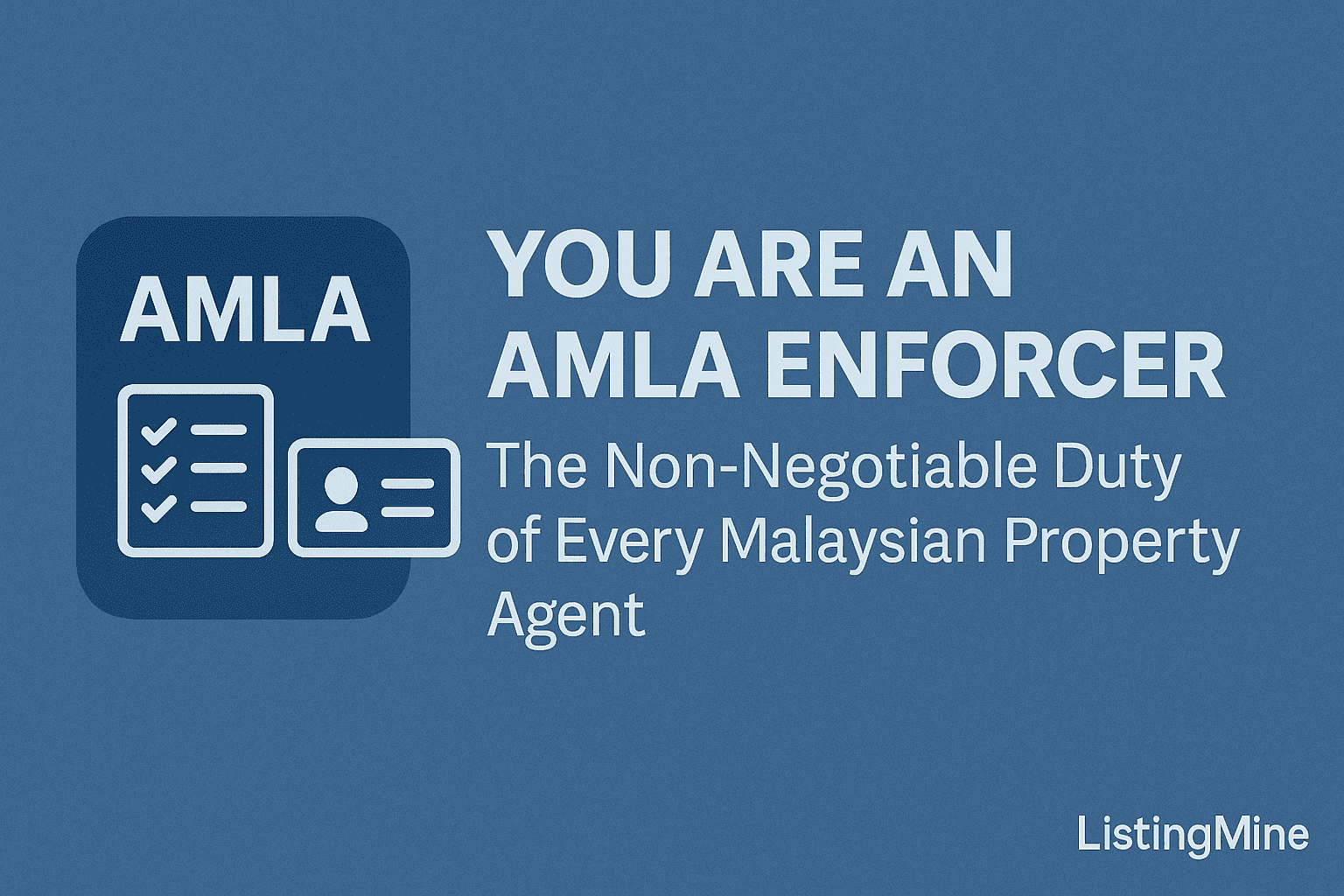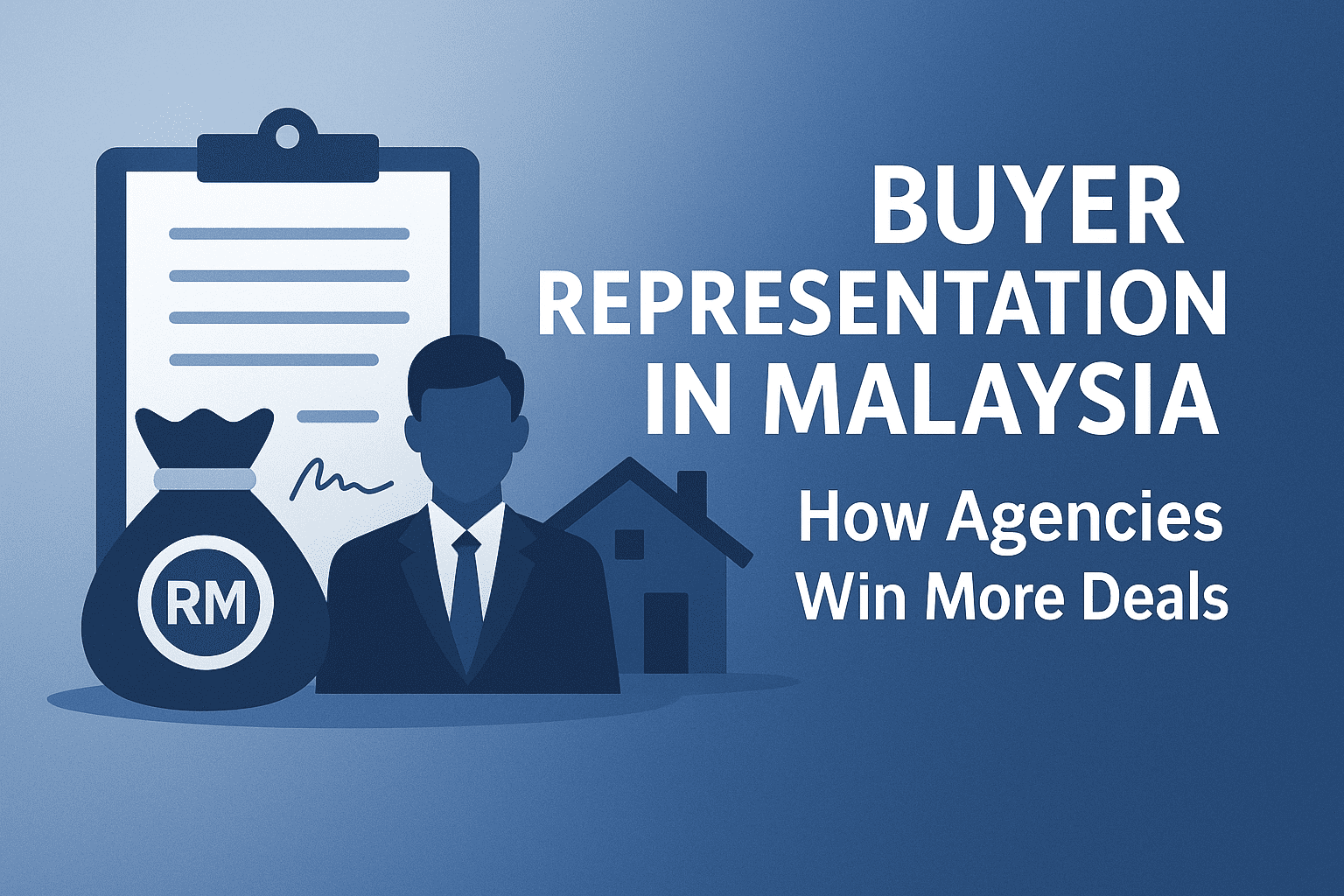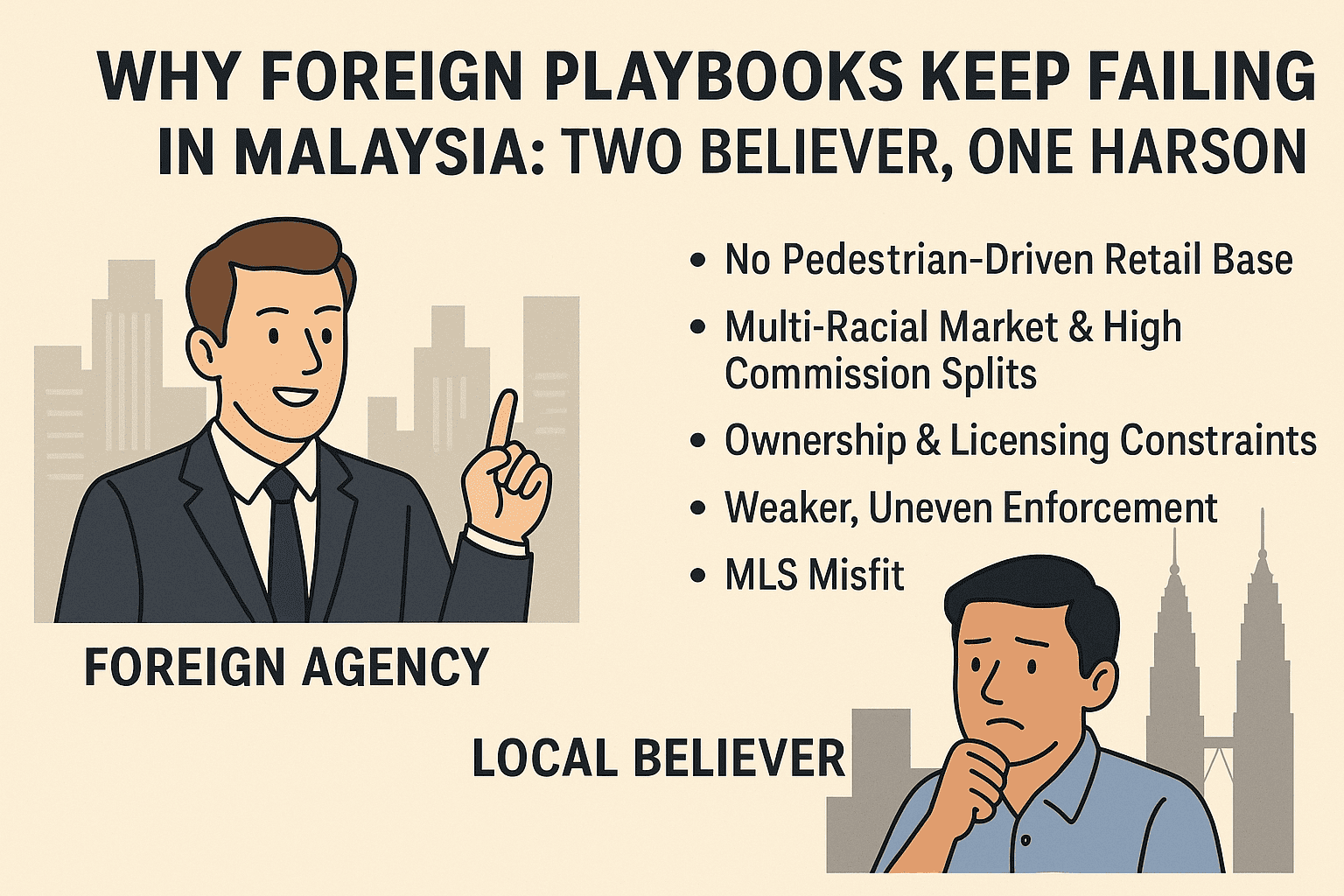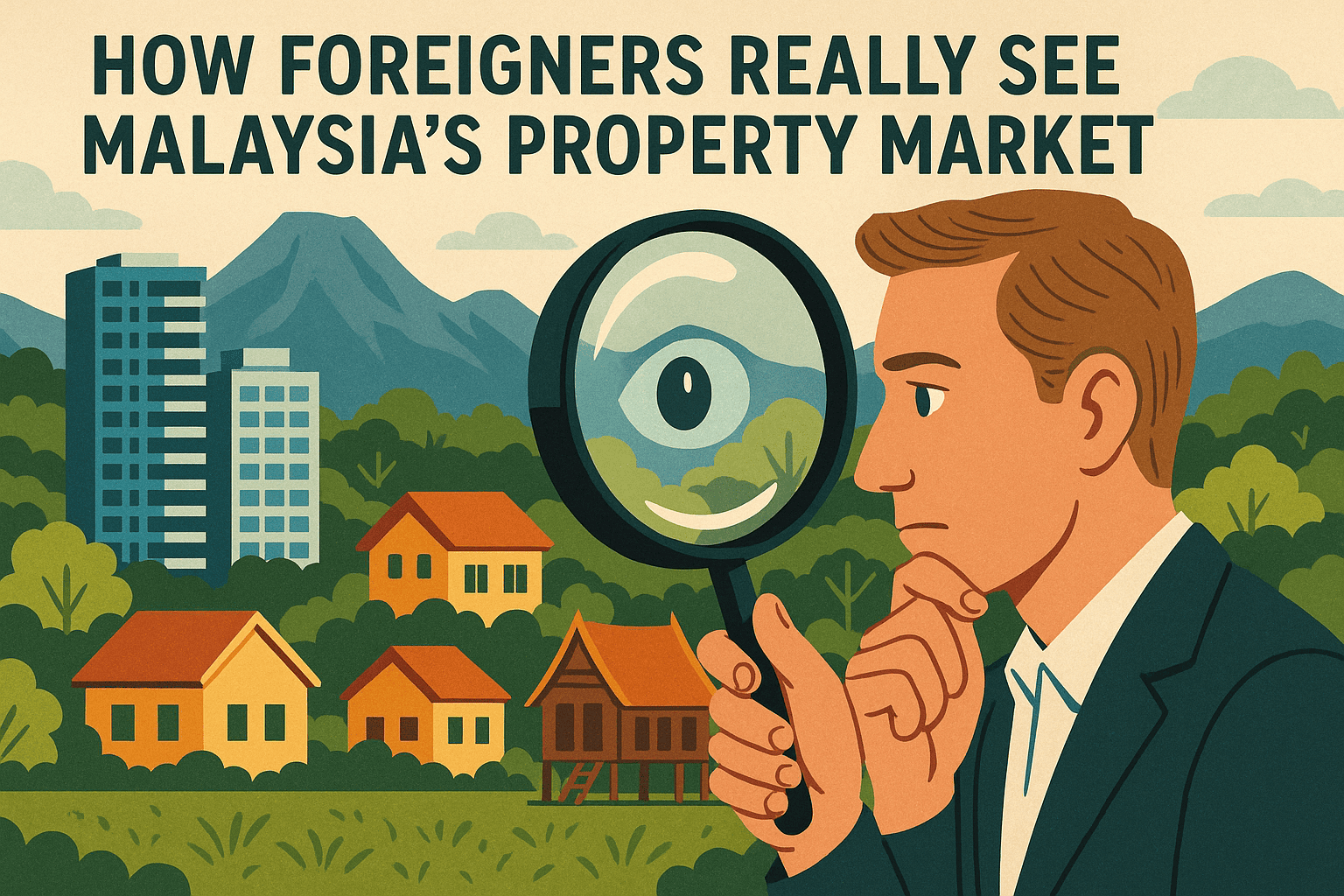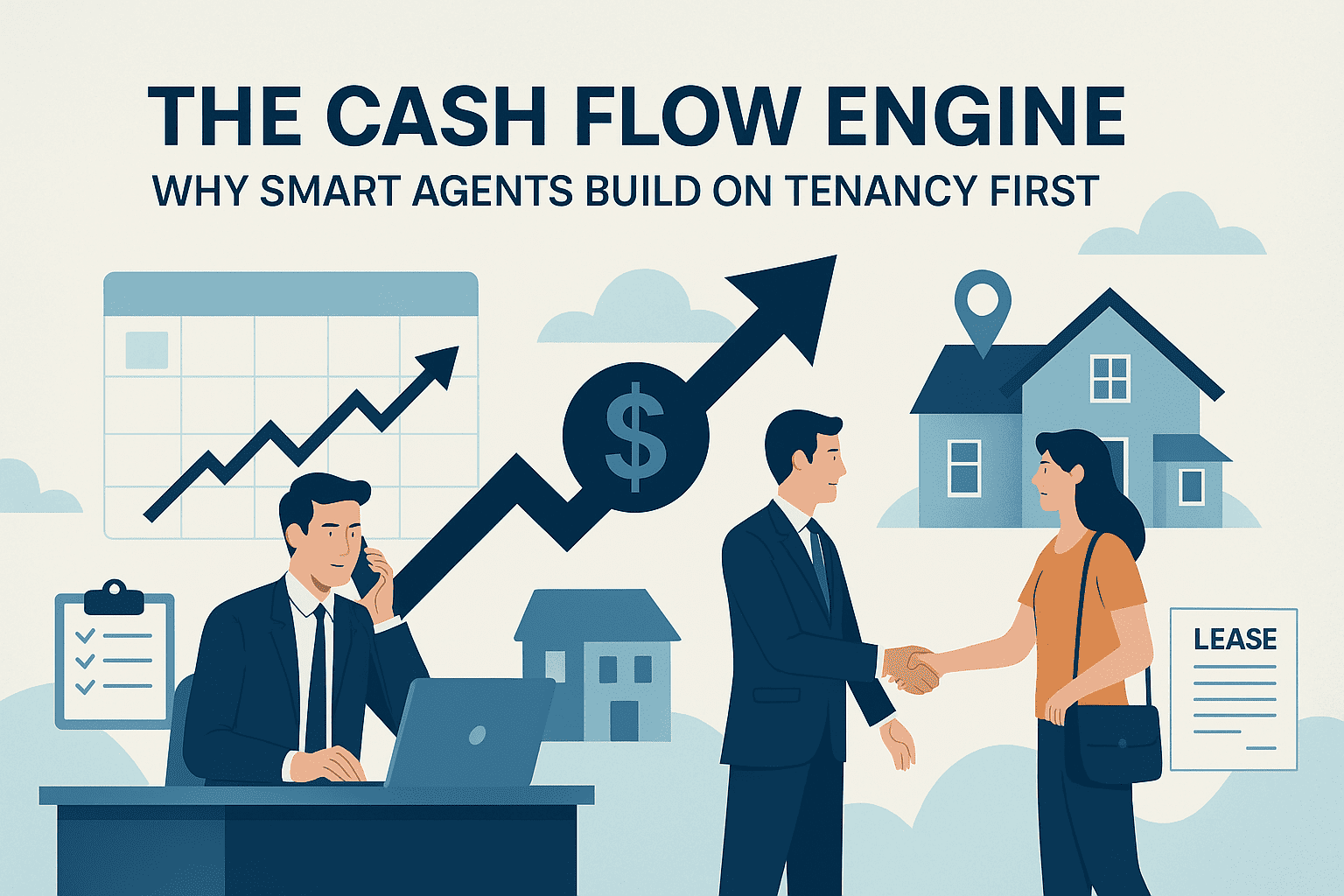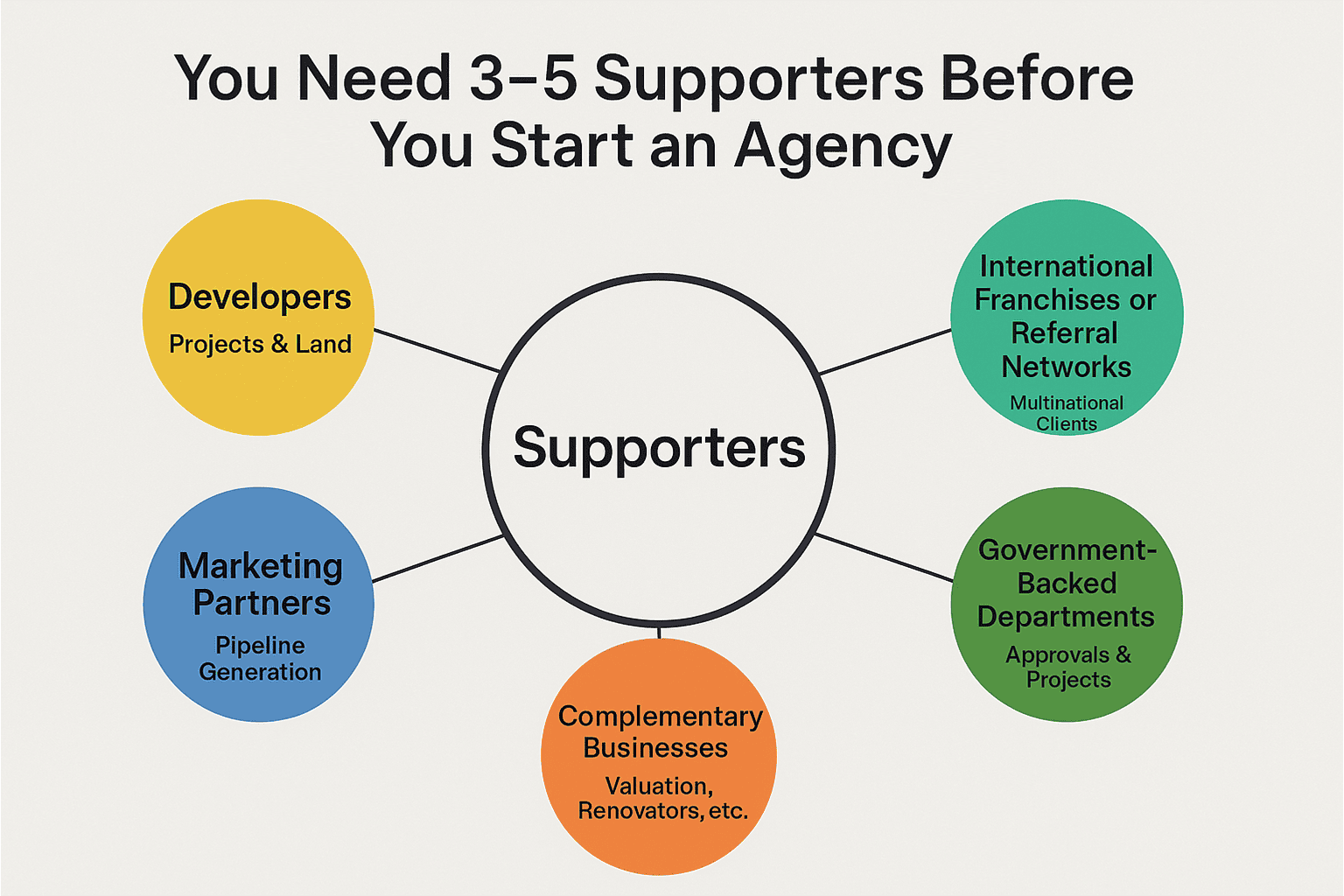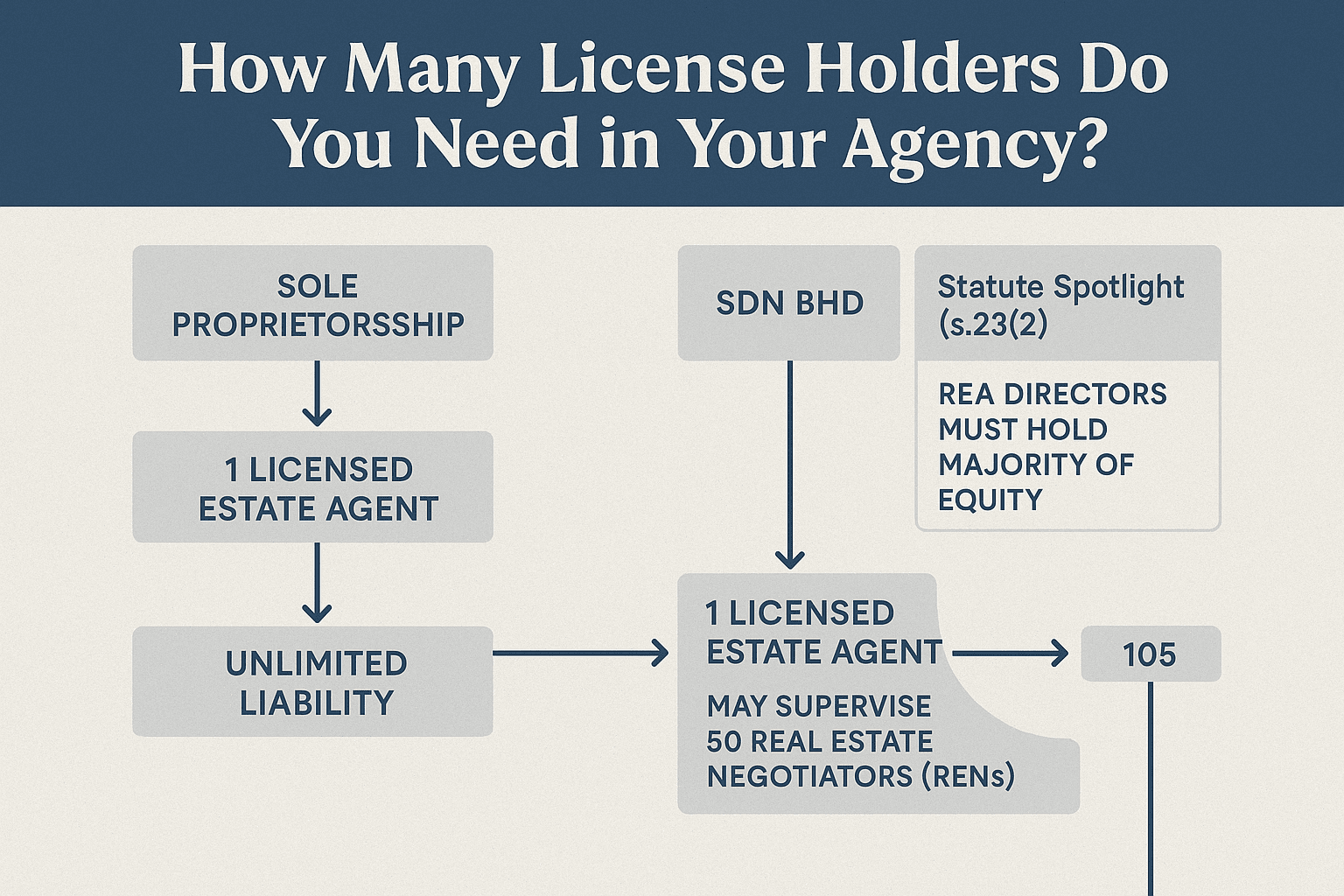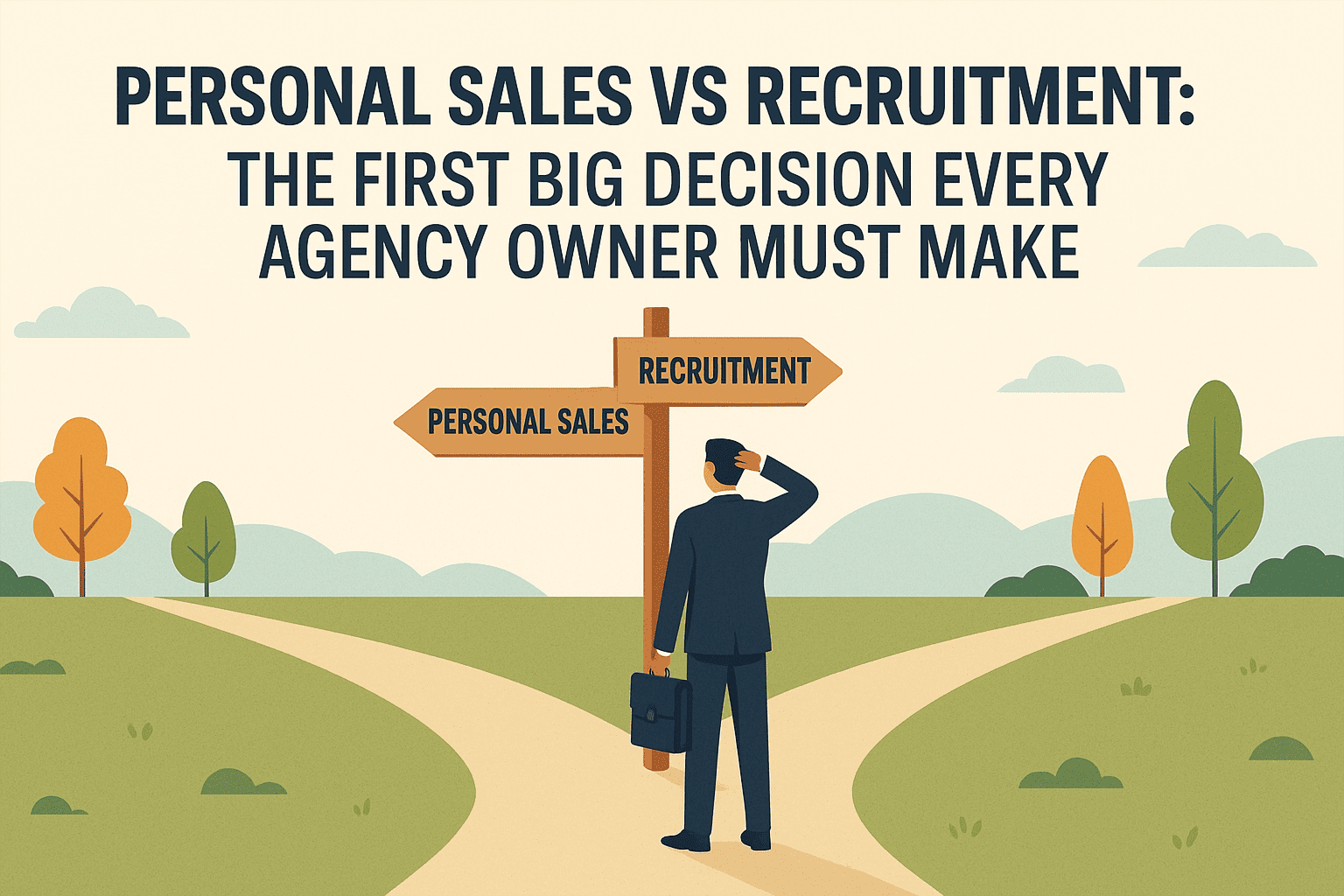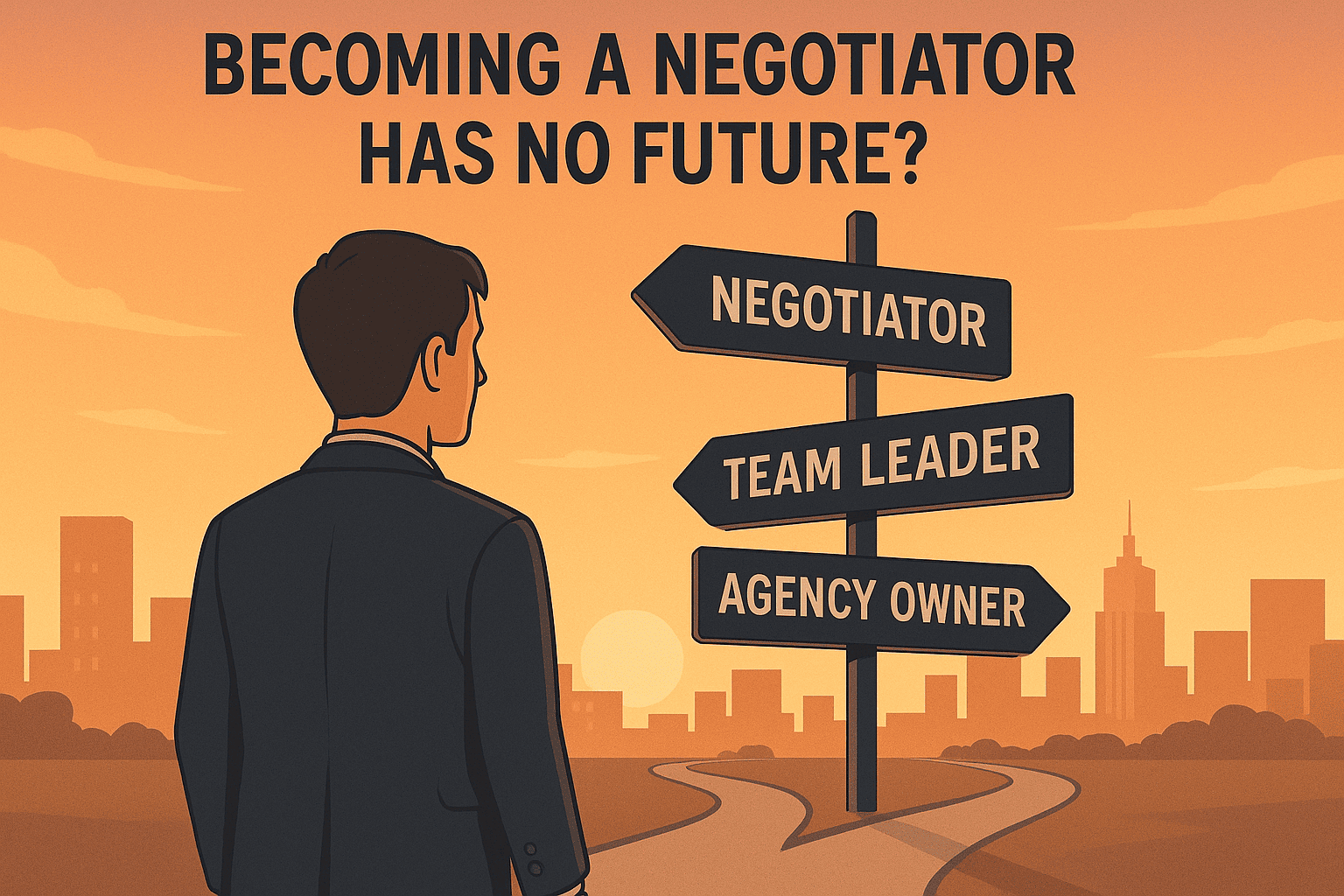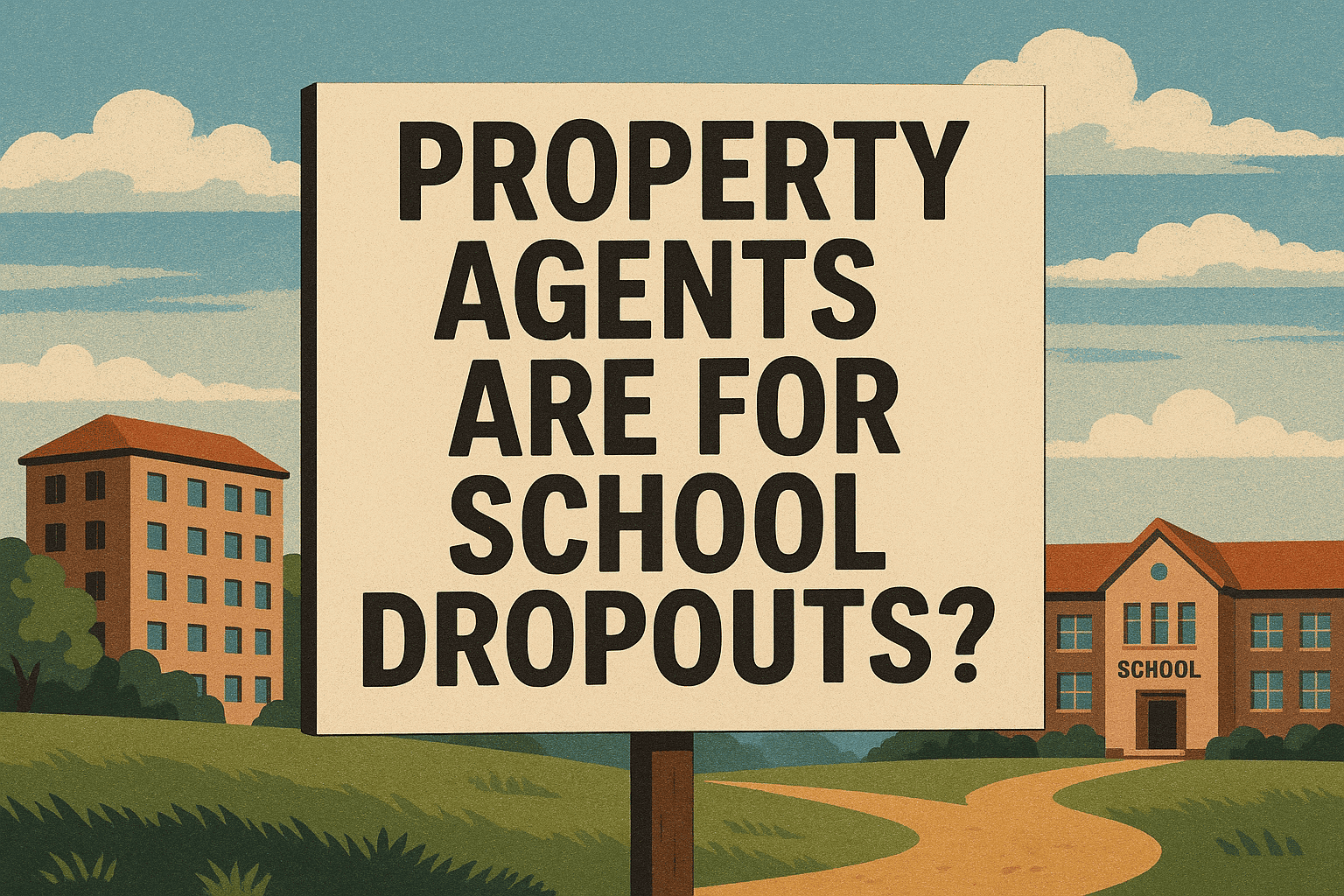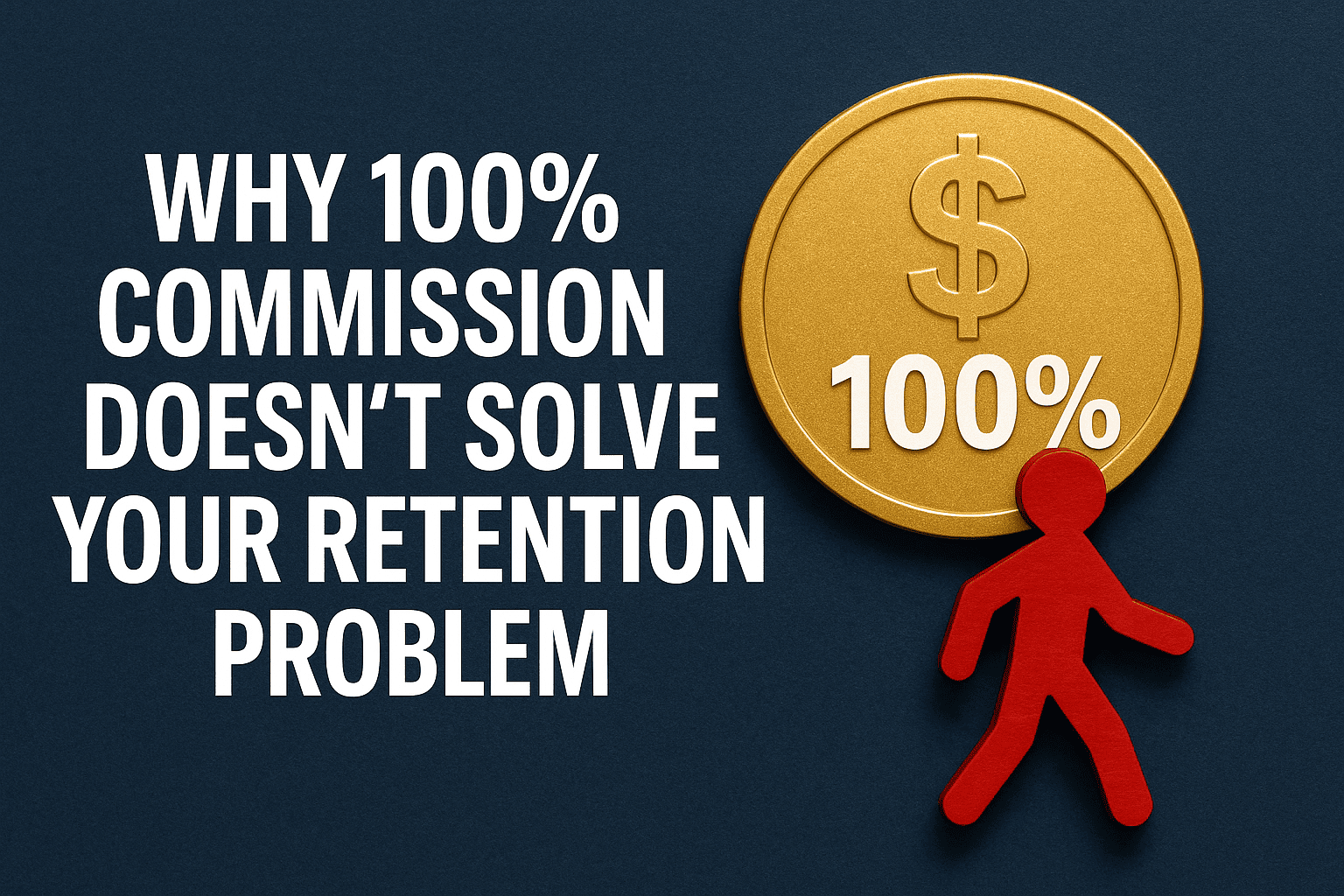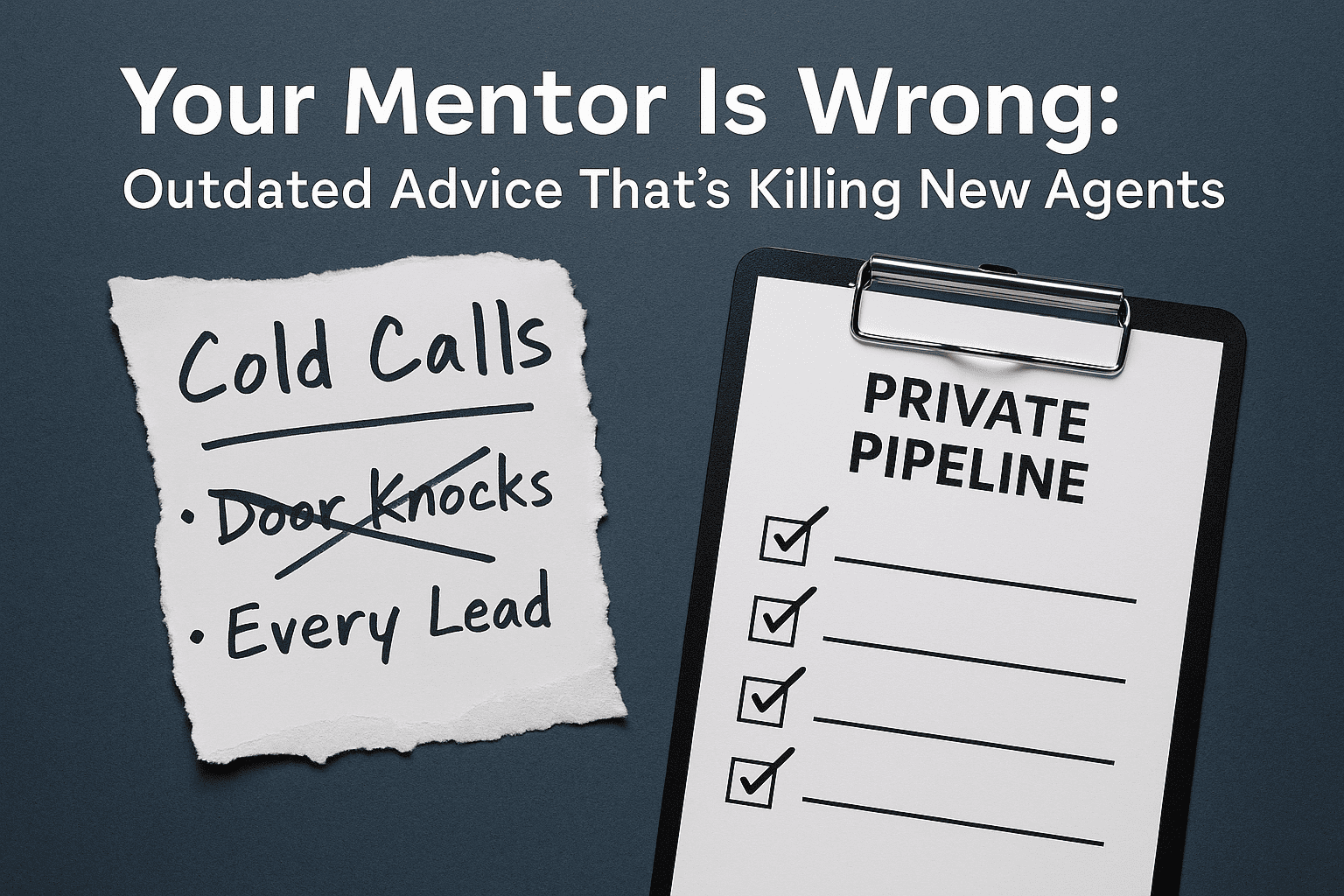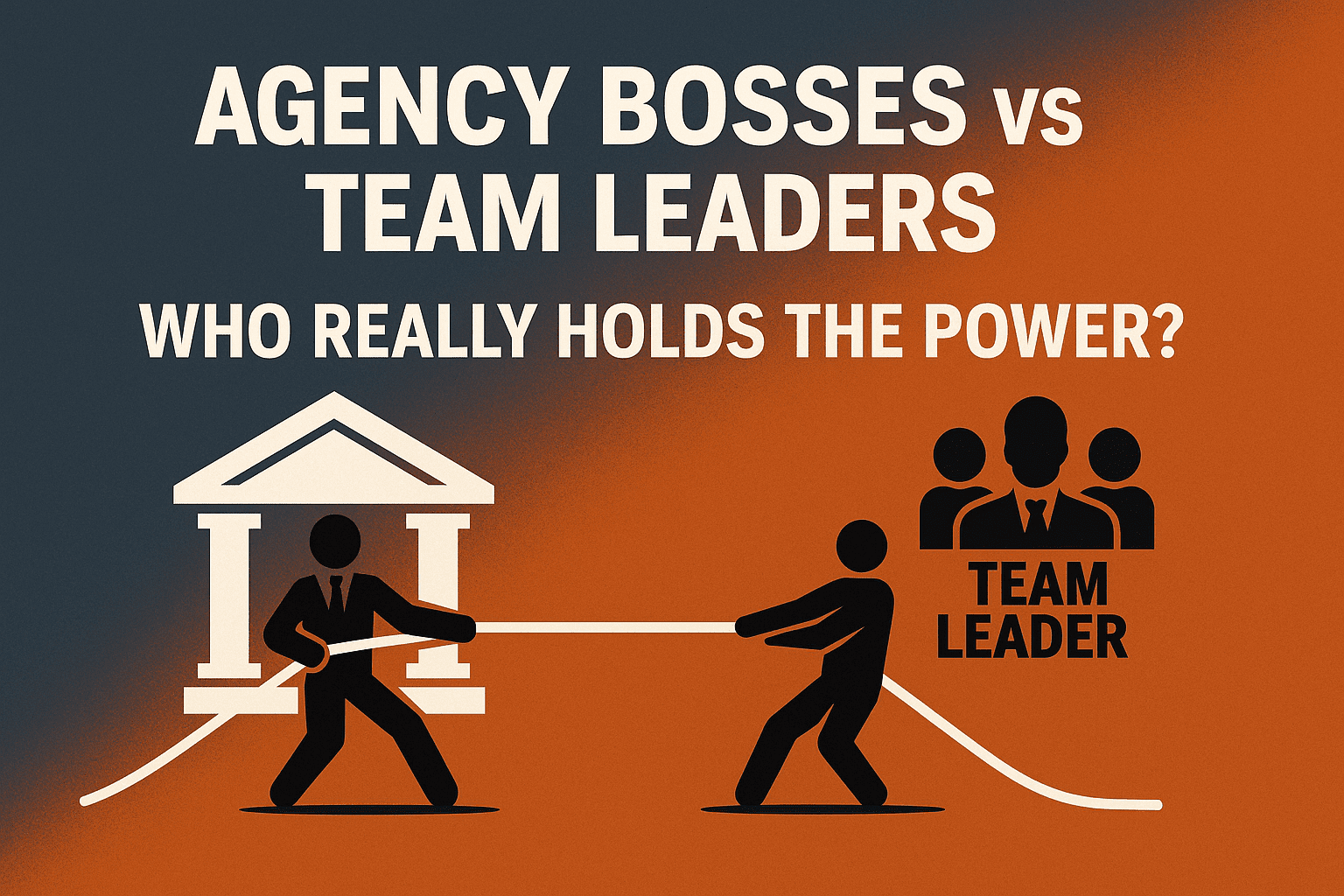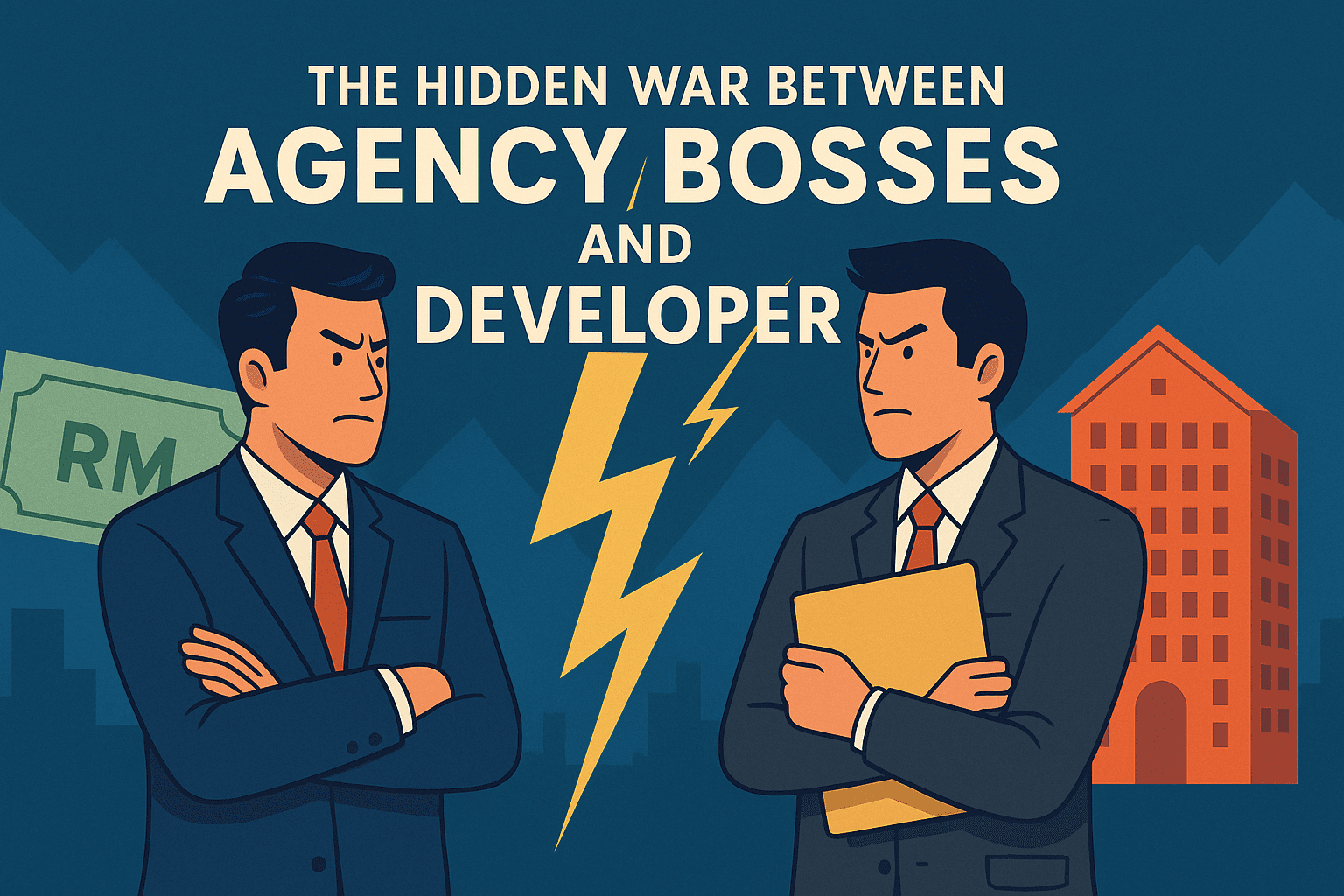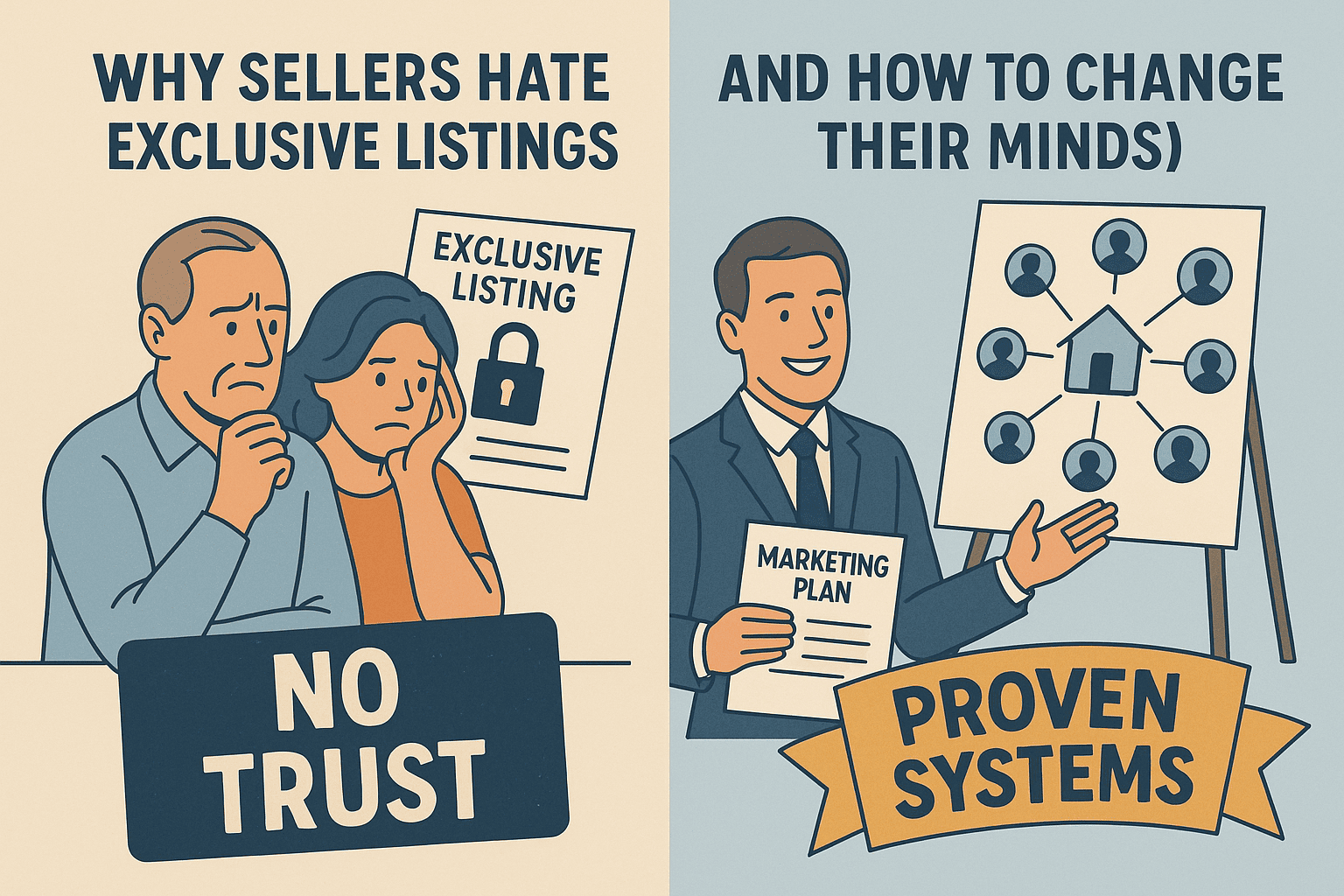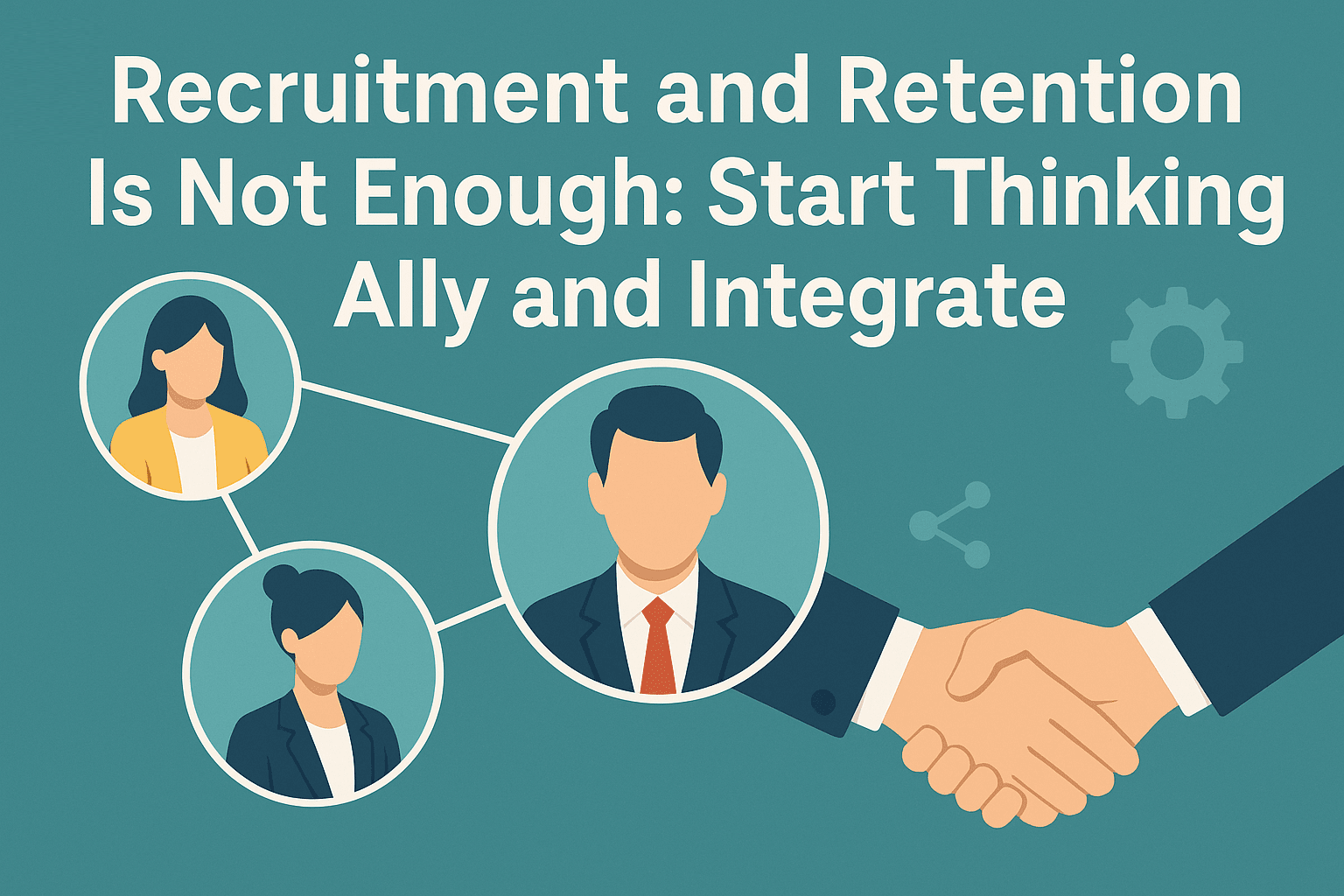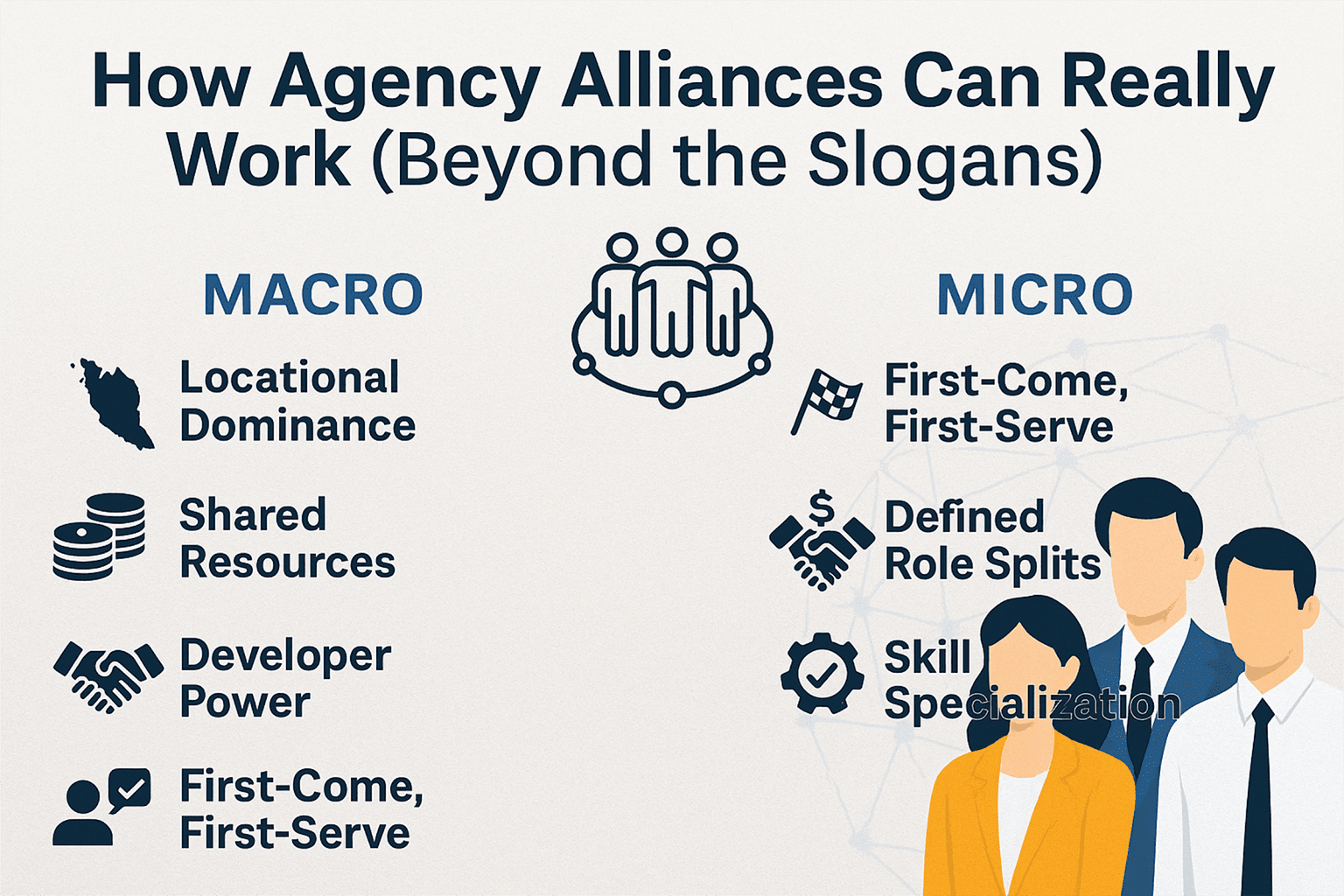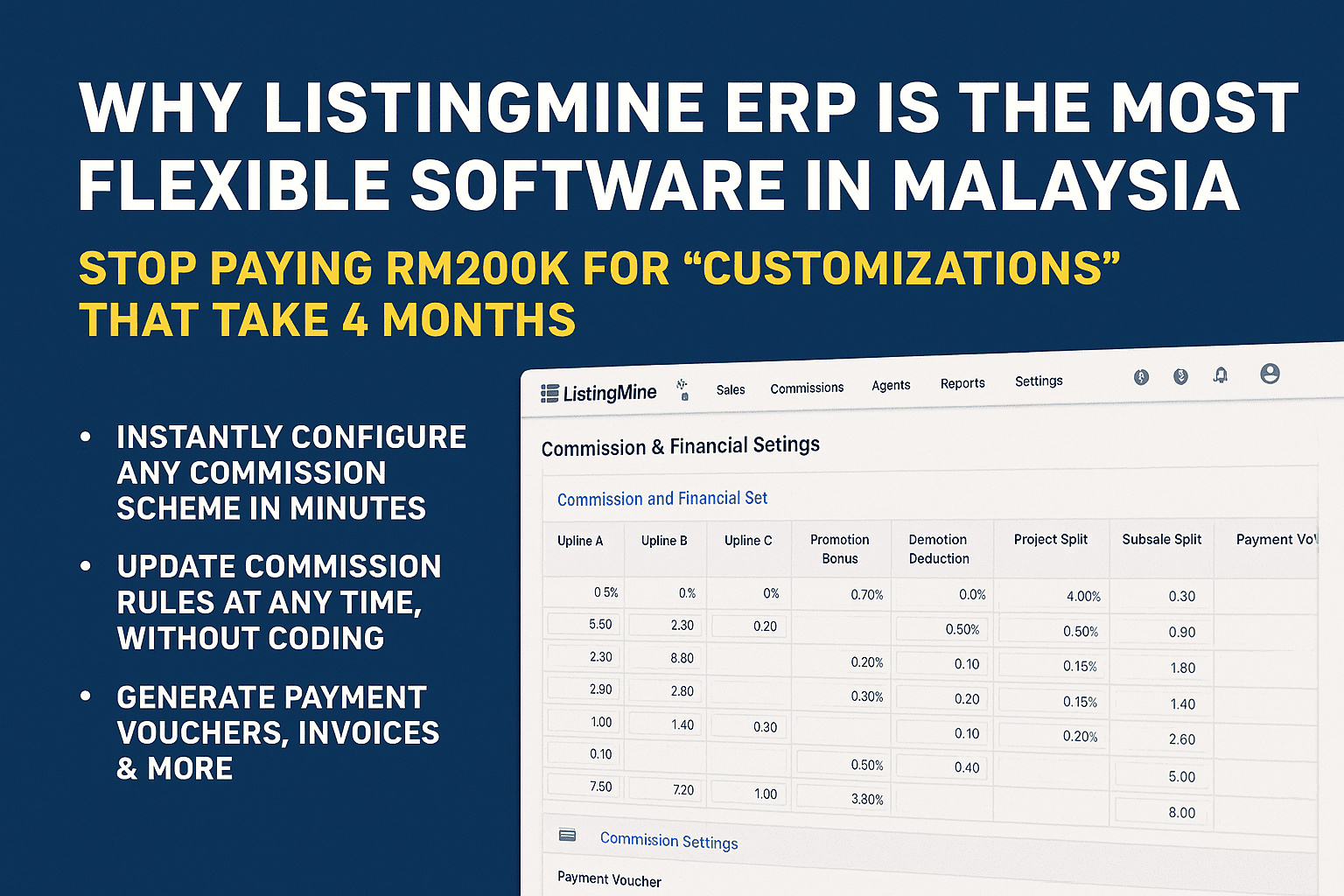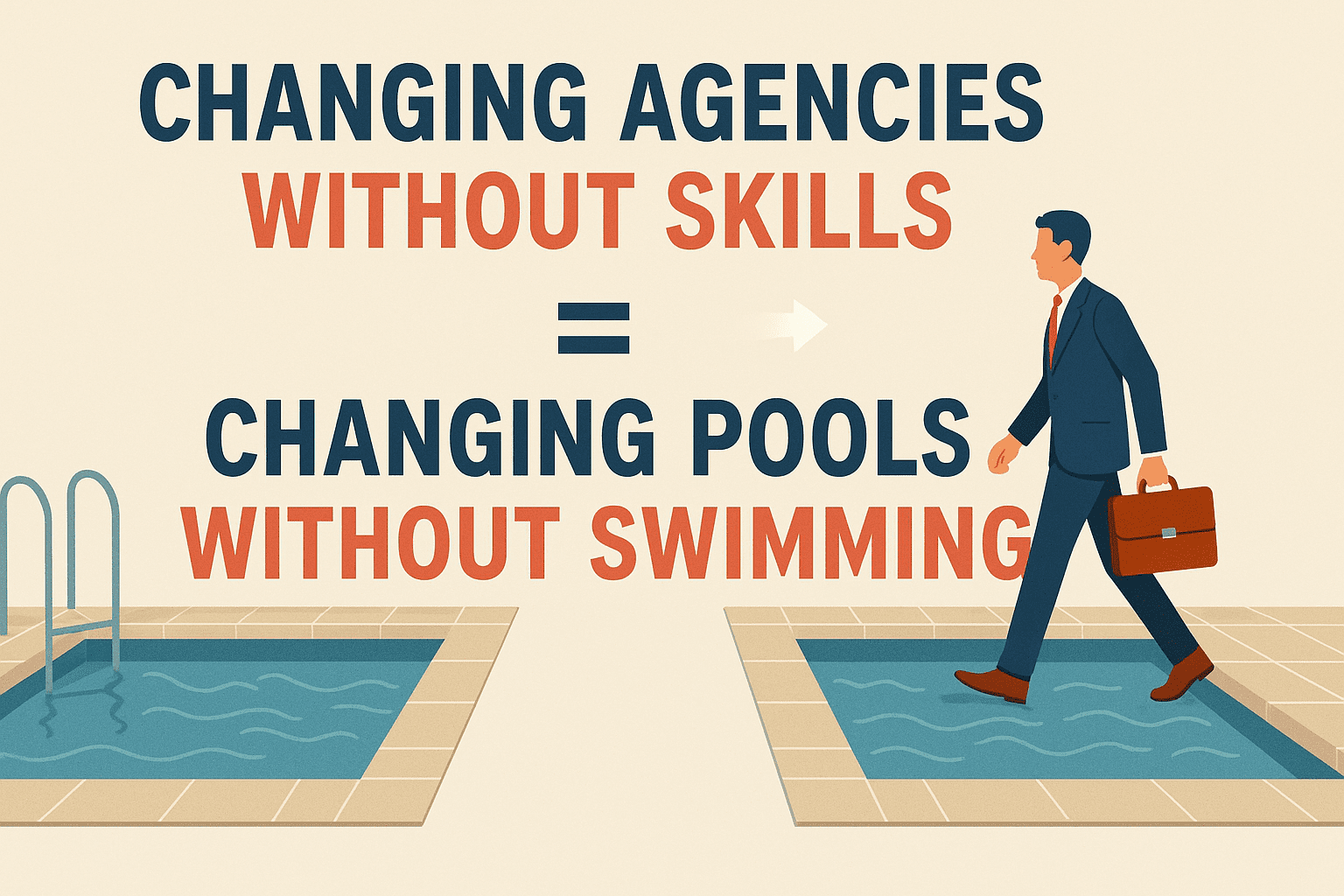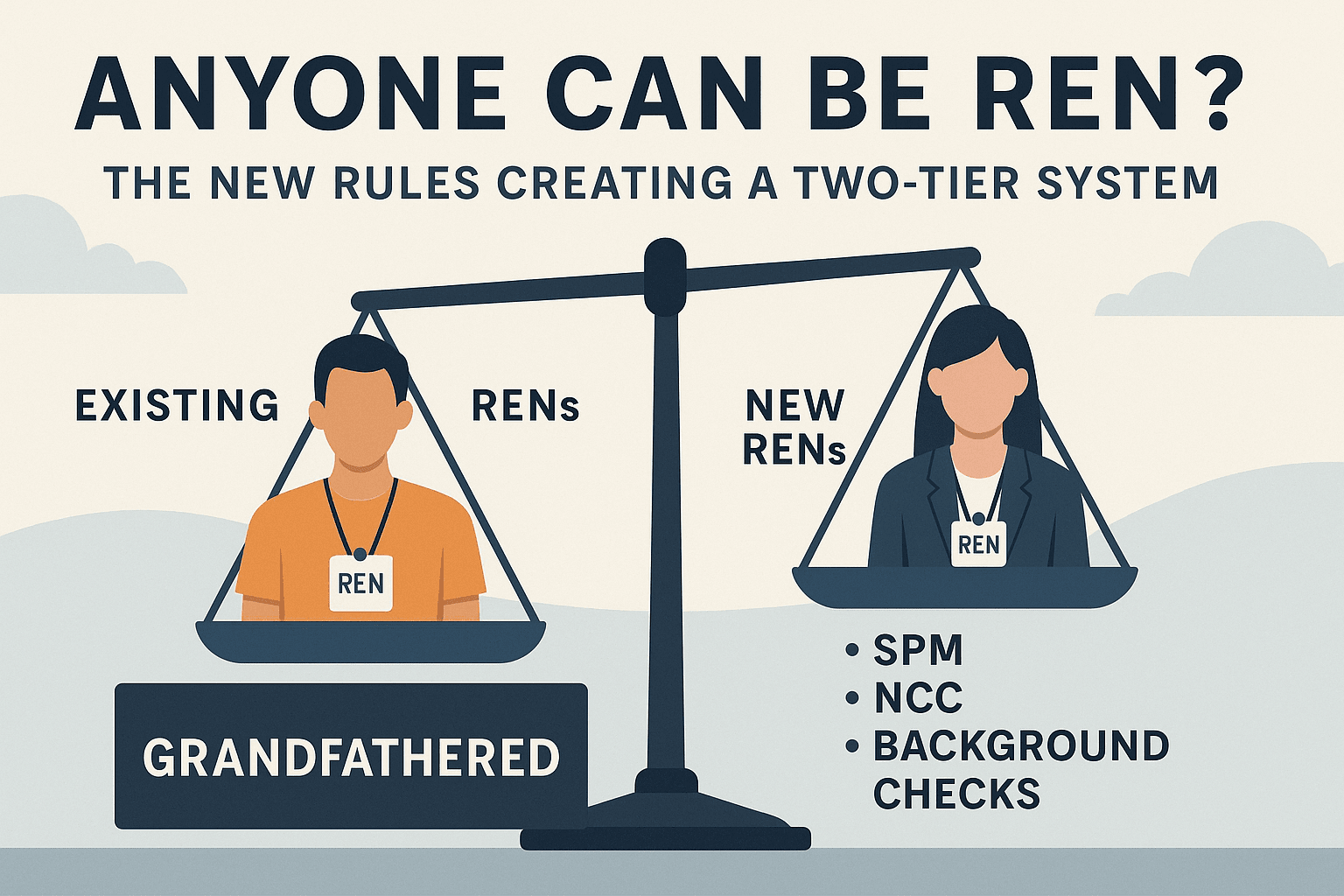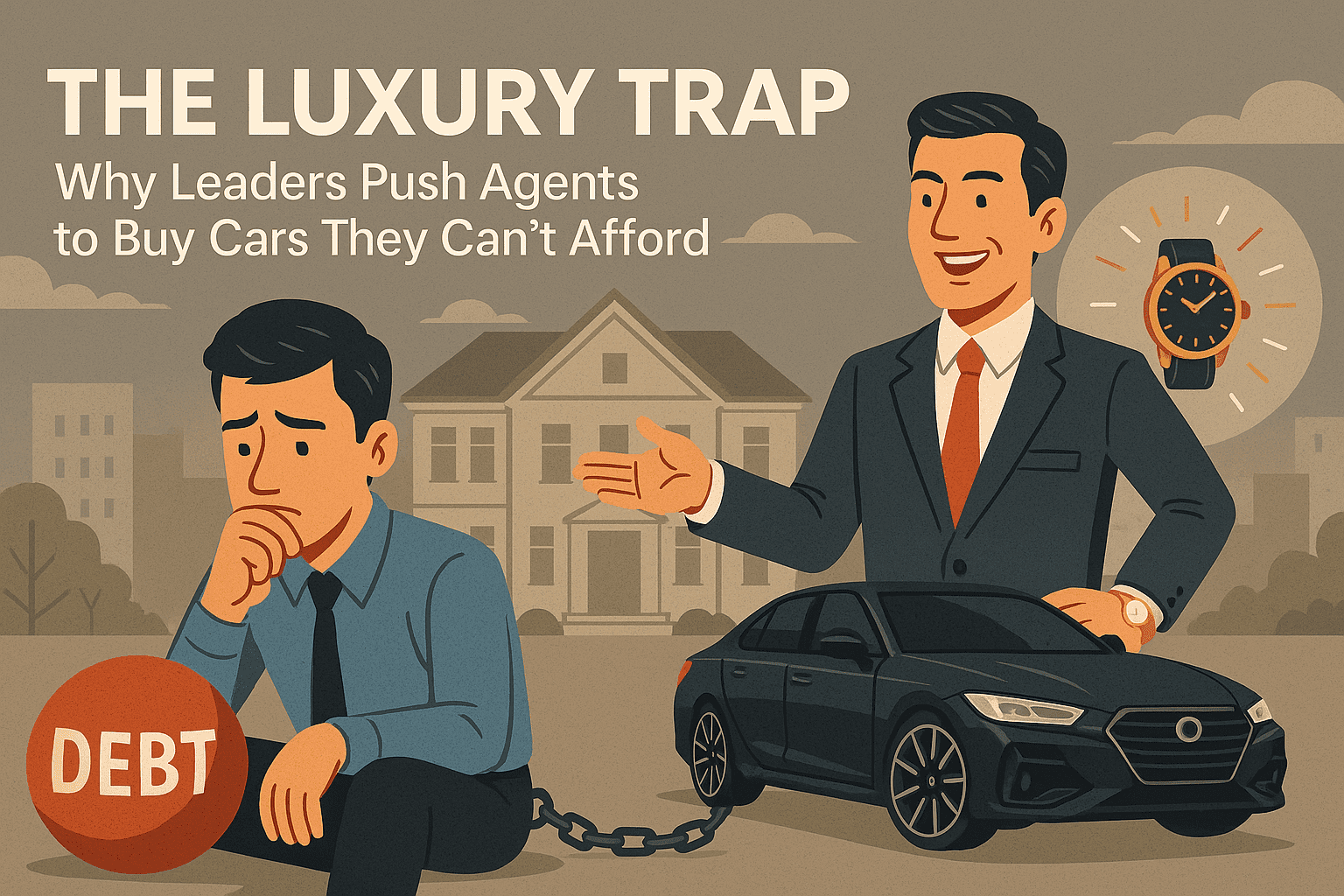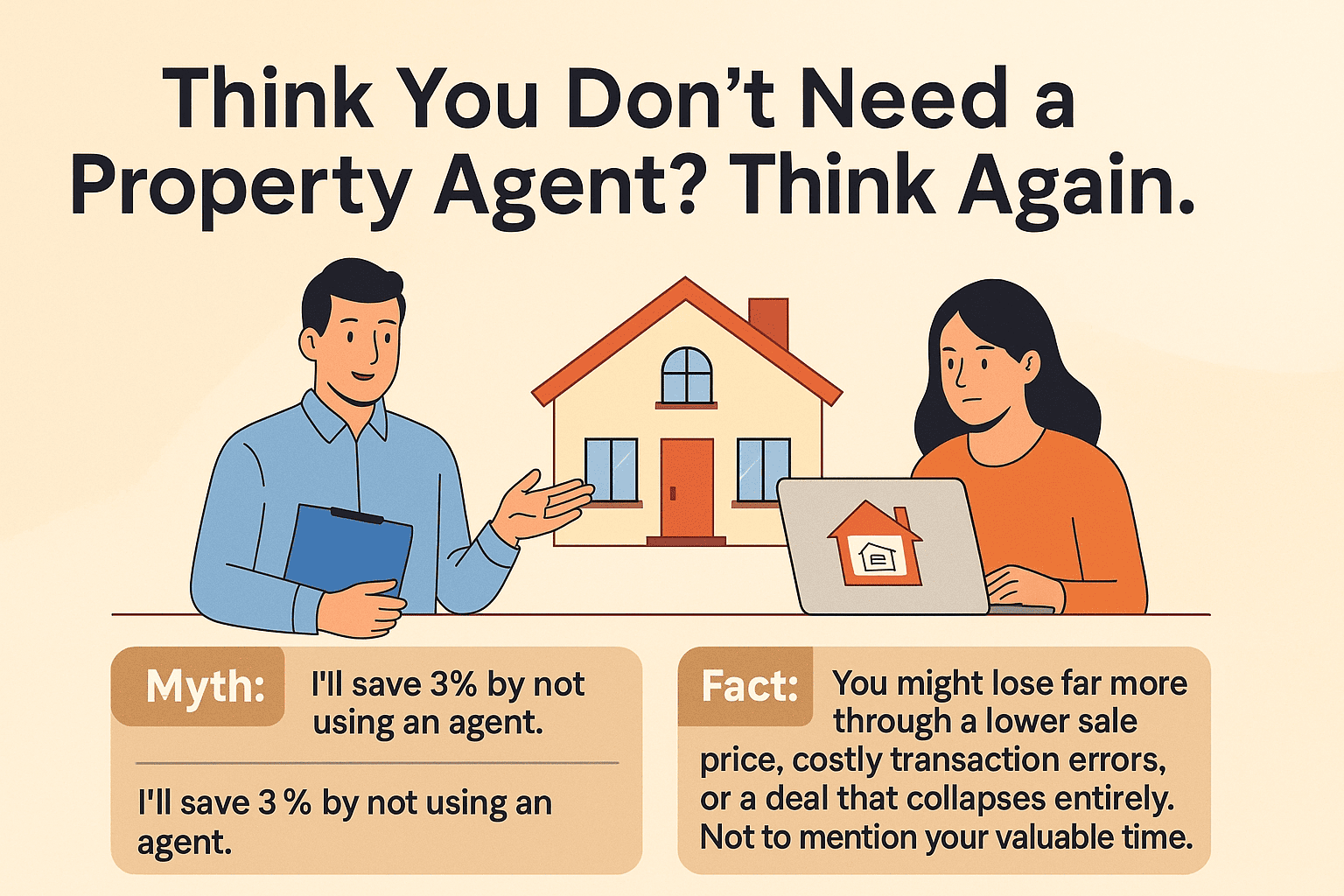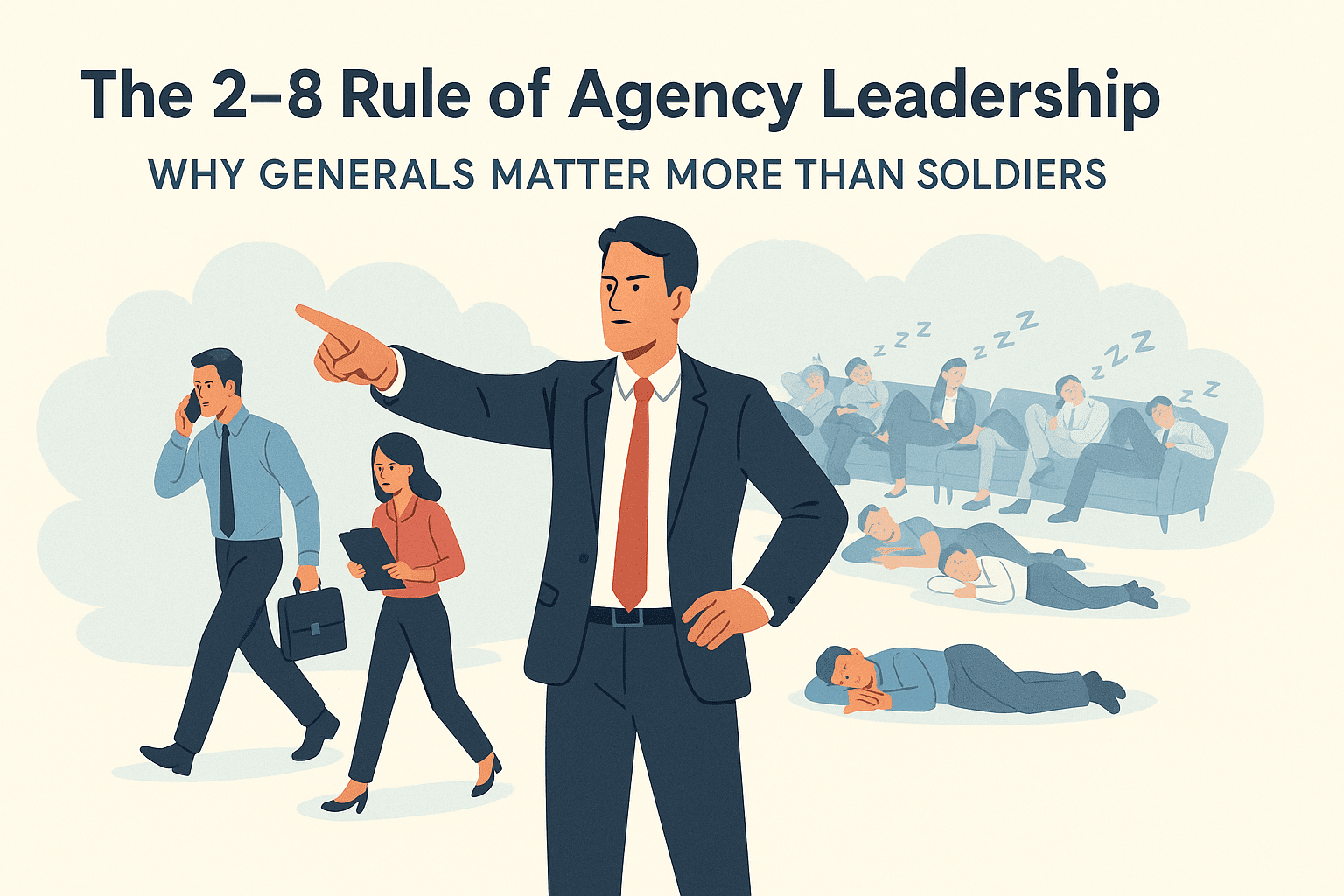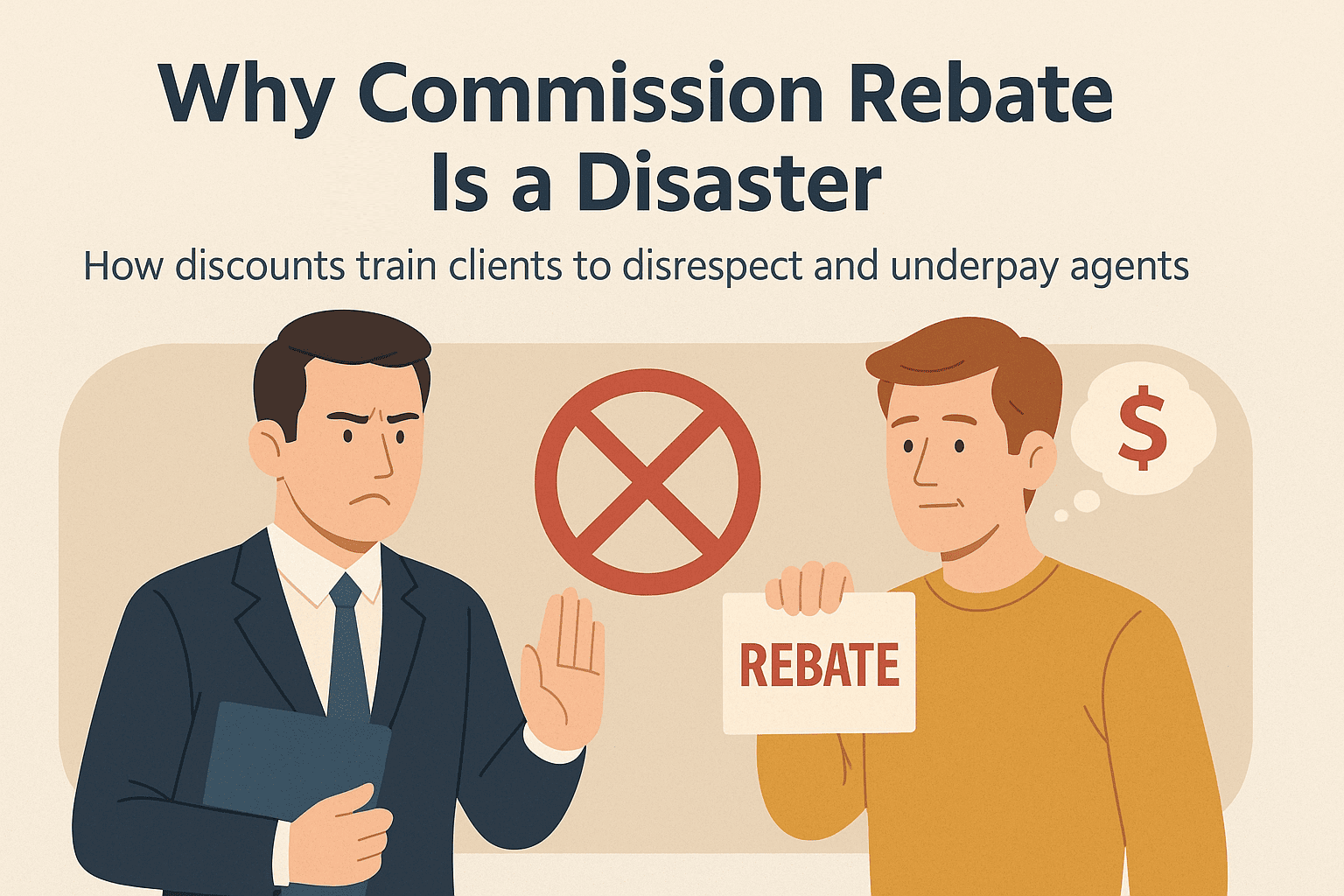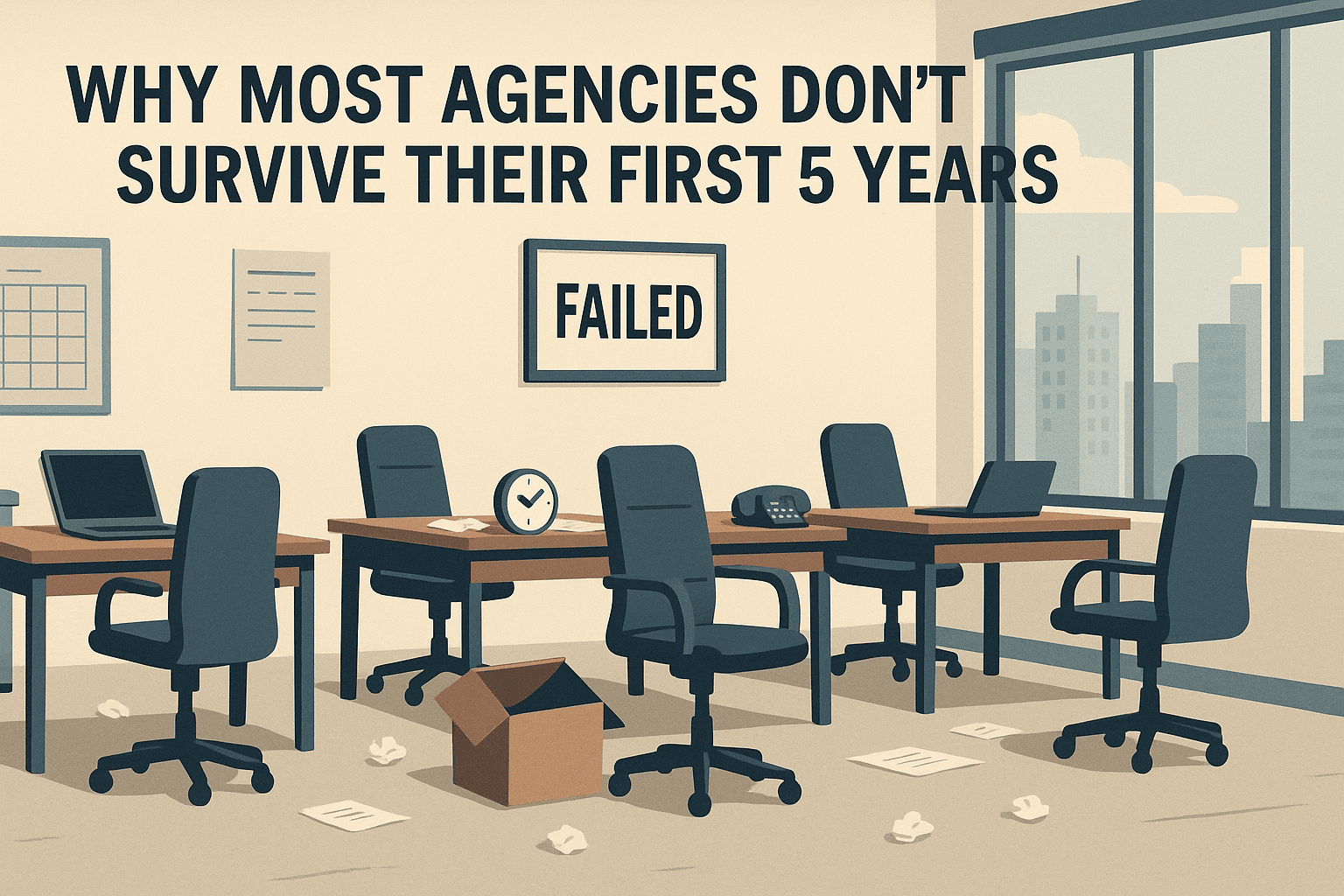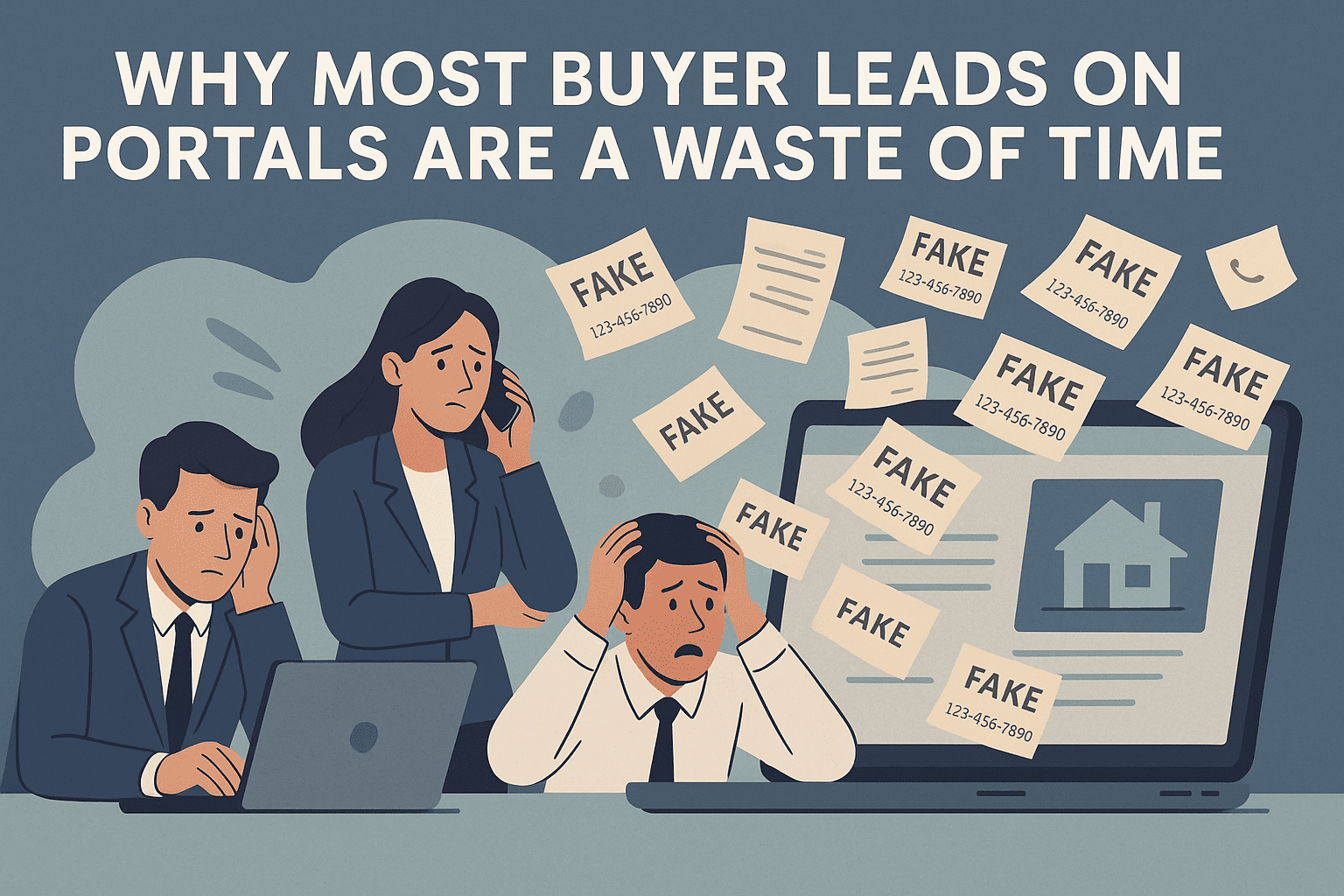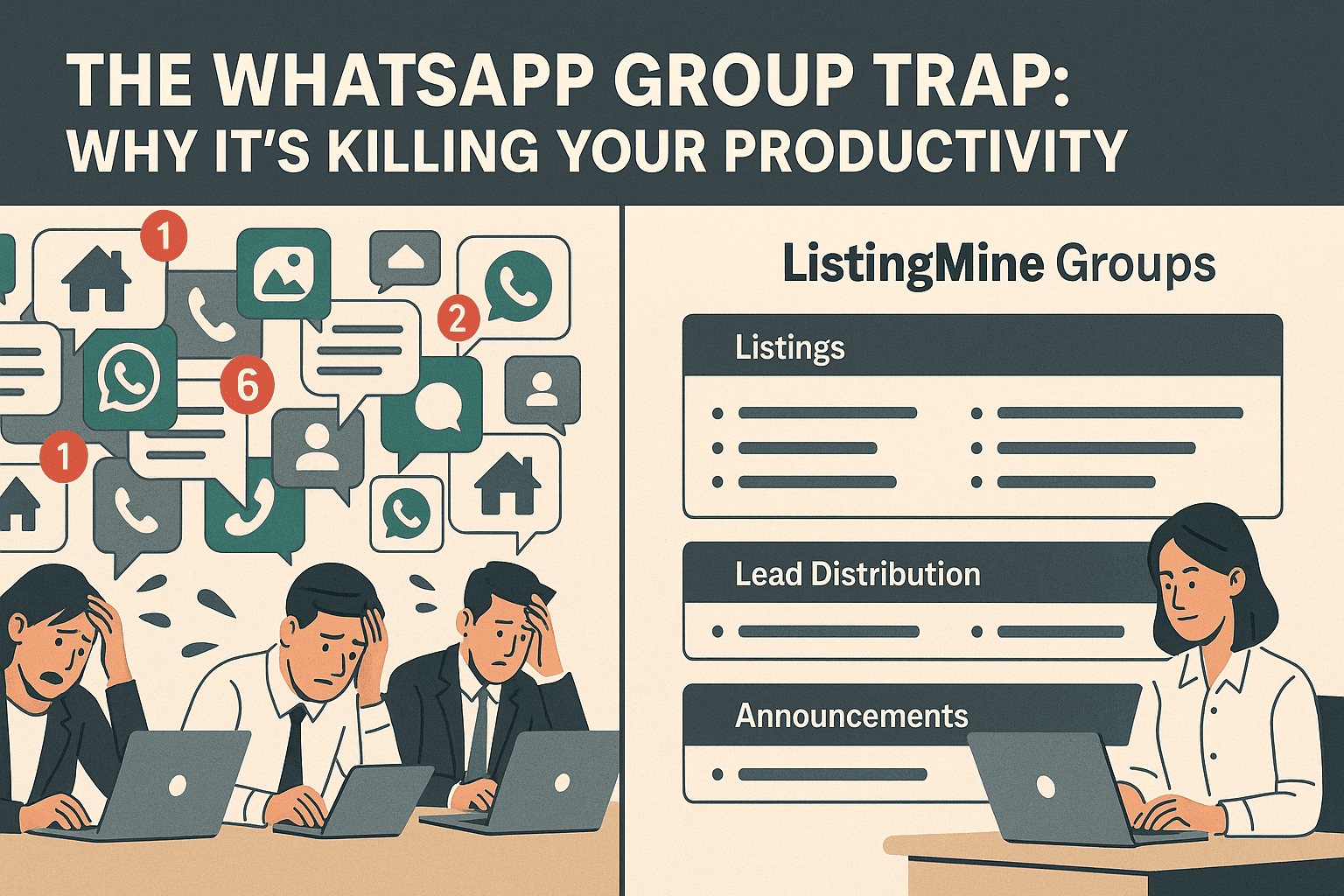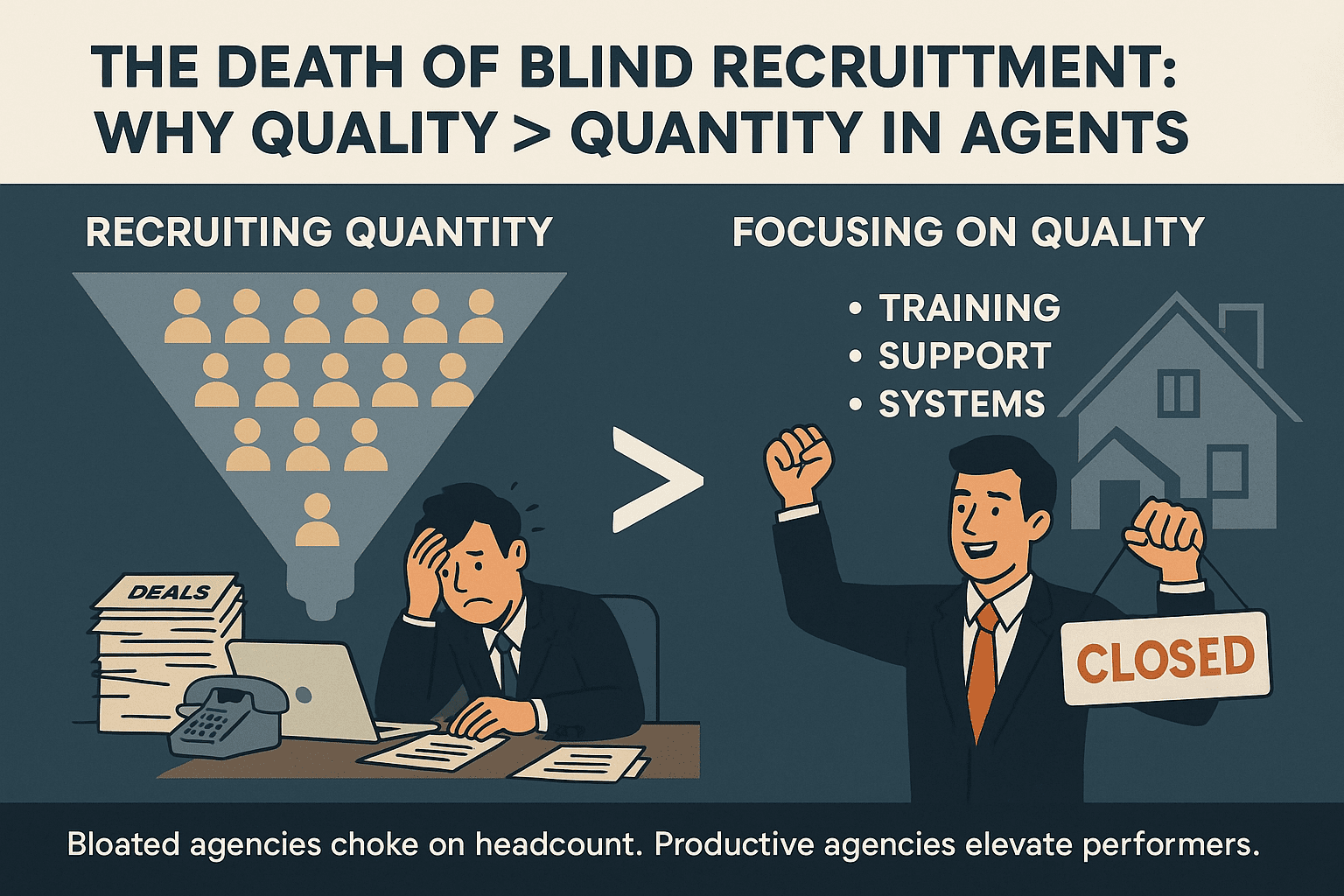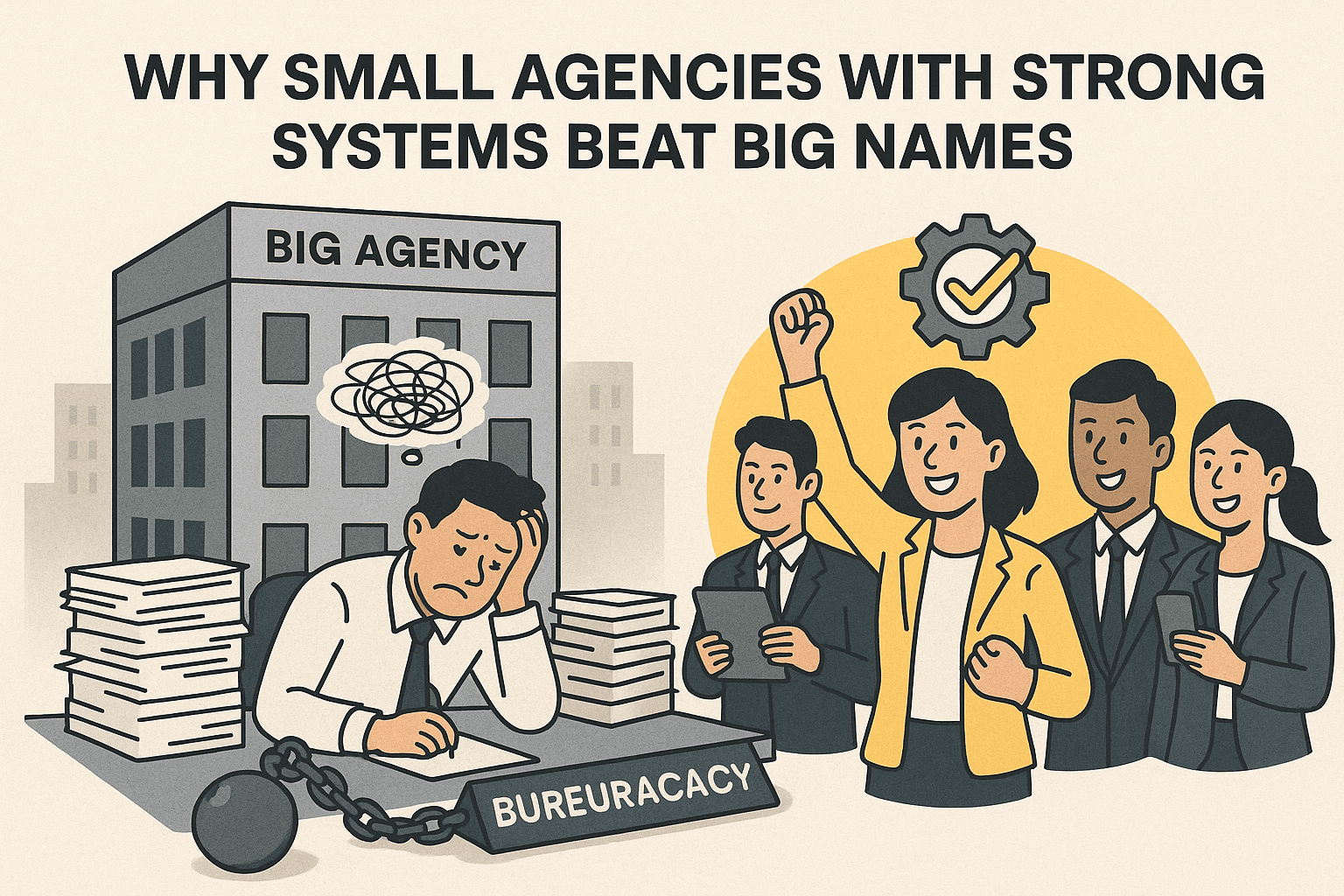The Future of Commission in Malaysia: Role-Based Splits (ACN)
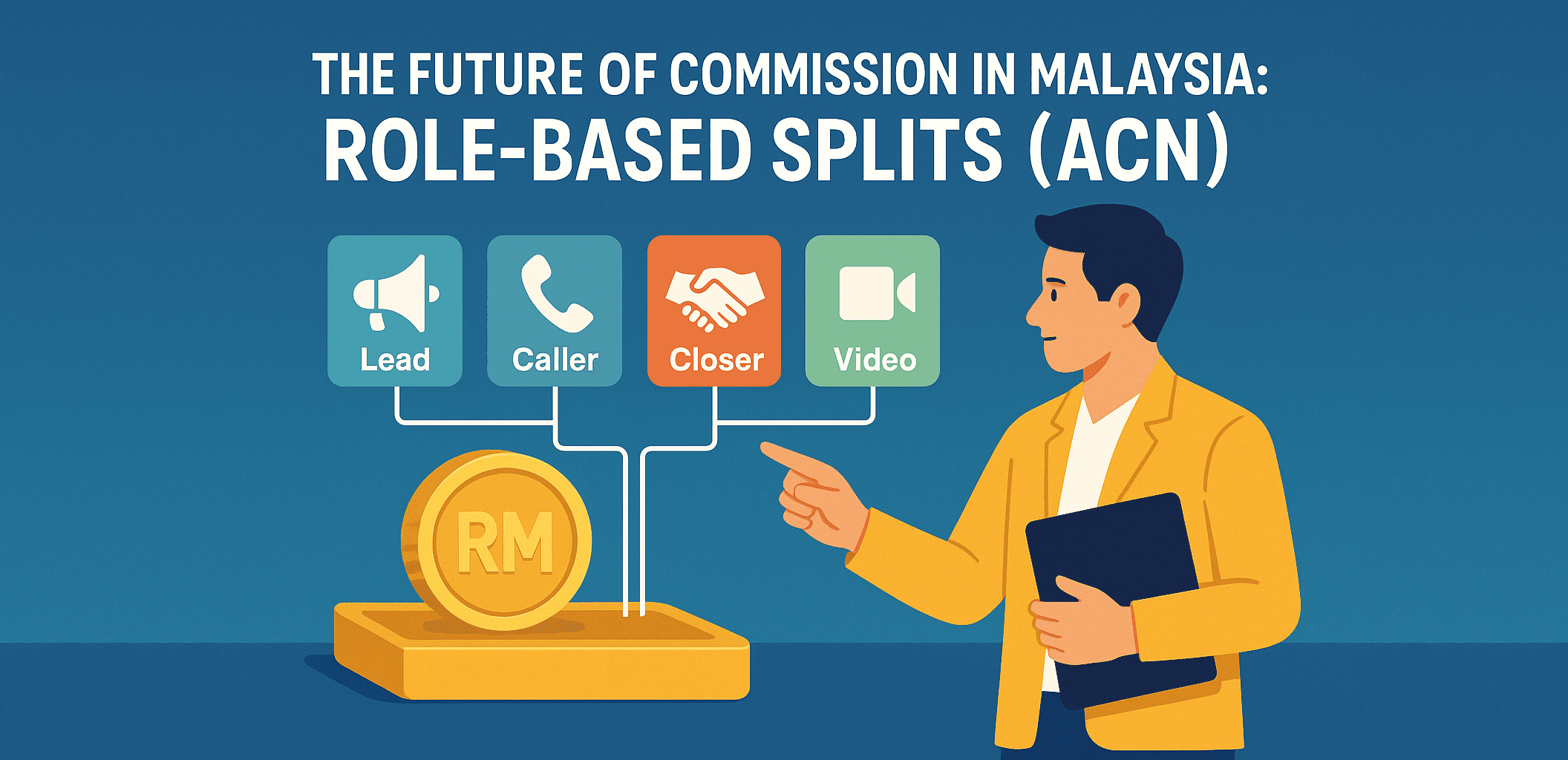
In Malaysia’s real estate industry, one question has persisted for decades: Every deal takes a village. Yet every closing revives the same old fight — who deserves how much?
From listing agents to co-brokers, closers, recruiters, and trainers — the old models have always left someone feeling shortchanged.
Now, a new era is emerging — one that rewards contribution, not just connection.
It’s called the ACN (Agent Cooperation Network) — a role-based co-broking system designed for modern property teams.
The Old World: Useful Early, Unstable Later
Most agencies in Malaysia operate on hierarchy-driven or relationship-driven commission models.
- Hierarchy-driven systems pay based on rank or position — the higher you are, the more you override.
- Relationship-driven systems reward recruiters (uplines) with a share of their downlines’ income — even when their contribution fades.
To be fair, these models still work — especially for new agents. Rookies value the brand, mentorship, structure, and supervision their uplines provide. Overrides can fund training, compliance, and marketing support, creating a helpful runway for beginners. But over time, both models reveal the same weakness: they reward position, not participation.
When an upline’s real contribution diminishes, downlines start questioning why they’re still paying a “tax.” Top performers, doing the heavy lifting, lose motivation when their rewards go upward instead of outward. And as deals become more complex, requiring multiple specialists, these old systems struggle to recognize diversified contributions.
This flaw becomes critical when faced with the modern agent’s reality: they are now expected to wear an impossible number of hats.
Both models assume hierarchy equals contribution — a formula that collapses once teams mature.
The New Reality: Agents Wear Too Many Hats
Today’s property agents are no longer just closers. They’re expected to be marketers, media producers, consultants, and negotiators all at once.
To compete, a single agent must now juggle an entire mini-business of specialized roles, including:
- 🎥 Video Editing & Short-Form Content – Producing scroll-stopping reels and property tours
- 📱 Facebook & Instagram Ads Setup – Designing campaigns, setting budgets, managing leads
- ✍️ Copywriting – Crafting persuasive ad headlines, captions, and listing descriptions
- 📞 Lead Calling & Qualification – Managing inquiries, screening buyers, filtering time-wasters
- 💬 Negotiation & Objection Handling – Turning interest into offers through skillful dialogue
- 🤝 Customer Relationship Management – Maintaining trust across long buyer journeys
- 🏠 Site Inspection & Viewing Coordination – Managing keys, timing, and buyer logistics
- 📍 Proximity-Based Support – Agents stationed near the property to respond faster
- ⚖️ Legal & Compliance Familiarity – Understanding appointment letters, deposits, and PDPA
- 🏦 Financial & Loan Advisory – Guiding buyers through bank selections and approvals
- 🌐 Networking & Collaboration – Connecting lawyers, bankers, and co-broking partners
The truth? This “super-agent” expectation is unsustainable. No one can excel in all these roles simultaneously without sacrificing quality, sanity, or both. The inevitable result is burnout, inefficiency, and lost opportunities. The irony? In trying to earn more, agents end up doing everything — and mastering nothing.
This broken reality is exactly why the future belongs to role-based co-broking — a system where each specialist contributes what they do best, and is fairly rewarded for their specific role.
The ACN Model: Rewarding Roles, Not Ranks
The ACN Model solves this by redefining fairness: it rewards verified contribution, not inherited rank. Commission is split based on the roles actually performed — and proven in the system.
The roles in this framework — across listing, buyer, and crossover sides — are merely examples to illustrate how a deal can be deconstructed. In reality, there are many more possible variants. Every agency can — and should — design its own structure based on how its team operates.
Here’s a sample 11-role framework often used to explain the ACN concept:
🏠 Listing Side
- Listing Input Agent – Uploads verified property details
- Listing Maintainer – Keeps data current and accurate
- Verifier / Photographer – Conducts on-site verification
- Document Collector – Secures appointment letters and authority forms
- Key Holder – Manages access and viewing logistics
👥 Buyer Side
- Buyer Referrer – Sources or refers the buyer
- First-Viewing Agent – Conducts the first appointment
- Buyer Closer – Negotiates and finalizes the sale
- Cooperating Buyer Agent – Assists in buyer-side collaboration
💼 Cross-Over Role
- Transaction / Finance Advisor – Handles loan, legal, and closing steps
🧩 Platform Role
- Platform Fee / Agency Profit Share – The company’s portion for providing the ecosystem, ERP infrastructure, brand trust, compliance oversight, and ongoing system improvements.
This ensures agency owners still capture healthy margins — rewarding the investment in brand, compliance, and tech infrastructure.
🧠 How It Works:
Each role is assigned a percentage of the total commission, adding up to 100%.
Instead of stacking layers like overrides, the ACN model splits a single commission pool based on verified contributions.
Verified Roles + Single Commission Pool = Fair, Transparent Splits
Every deal starts with one 100% “pie,” and each participant earns their fair slice according to the roles they actually performed.
Just an Example — Fully Flexible for Every Situation
This role-based framework is not a rulebook — it’s just a reference design. Agencies are free to customize their own ACN, tailoring it to their unique business models and team setups.
You might need extra roles for:
- Copywriting & Content Creation
- Legal / Compliance Coordination
- Customer Relationship Manager
- Proximity Agent stationed near the property
- Or even future roles like VR Photographer, AI Marketing Specialist, or Loan Packager
In project sales, many agencies already run 4-3-3, 3-3-4, or other variants — where a Lead Agent earns 40%, a Caller 30%, and a Closer 30%. These are already forms of ACN logic, even if most have never seen the underlying framework.
The beauty of ACN is its flexibility:
- You can add, merge, or remove roles at any time
- You can allocate shares dynamically based on workflow
- You can apply ACN fully across the deal, or only on the closer’s portion
With ListingMine ERP, you can model any of these configurations — from simple 3-role structures to multi-tier contribution maps — all with audit trails, automated redistributions, and zero coding.
It’s not a one-size-fits-all system. It’s a role-based design language for commission fairness — one that you can adapt to your agency’s DNA.
Why ACN Is Future-Proof
As real estate evolves, new roles will keep emerging — from VR creators to AI lead optimizers. ACN is modular by design, so you can slot in new roles or remap weights without rebuilding your system.
It’s the only model built for the jobs that don’t even exist yet.
Transition Smoothly: Hybrid Models Are Welcome
Don’t get it wrong — ListingMine still supports your existing structures.
You can continue with:
- ✅ Hierarchy-driven overrides
- ✅ Relationship-based recruiter systems
- ✅ Or create a hybrid model, blending overrides with role-based co-broking
You can start small:
- Keep overrides for new agents
- Layer in ACN roles for co-broking deals
- Phase out passive overrides over time
- Transition into a contribution-based system as your team matures
The Future of Commission
The future of commission isn’t about finding a one-size-fits-all split. It’s about building a flexible, fair system that can evolve with your team and the market.
The ACN model provides the framework, but it requires a platform capable of tracking, verifying, and automating its complexity.
That’s the core purpose of ListingMine ERP — to give you the infrastructure to move beyond the limitations of hierarchy and into the fairness of a role-based ecosystem. It allows you to transition smoothly, experiment with hybrid models, and finally align compensation with the true value each person brings to a deal.
Those who adopt early will shape the standards everyone else follows.
The question is — will your agency be one of them?

